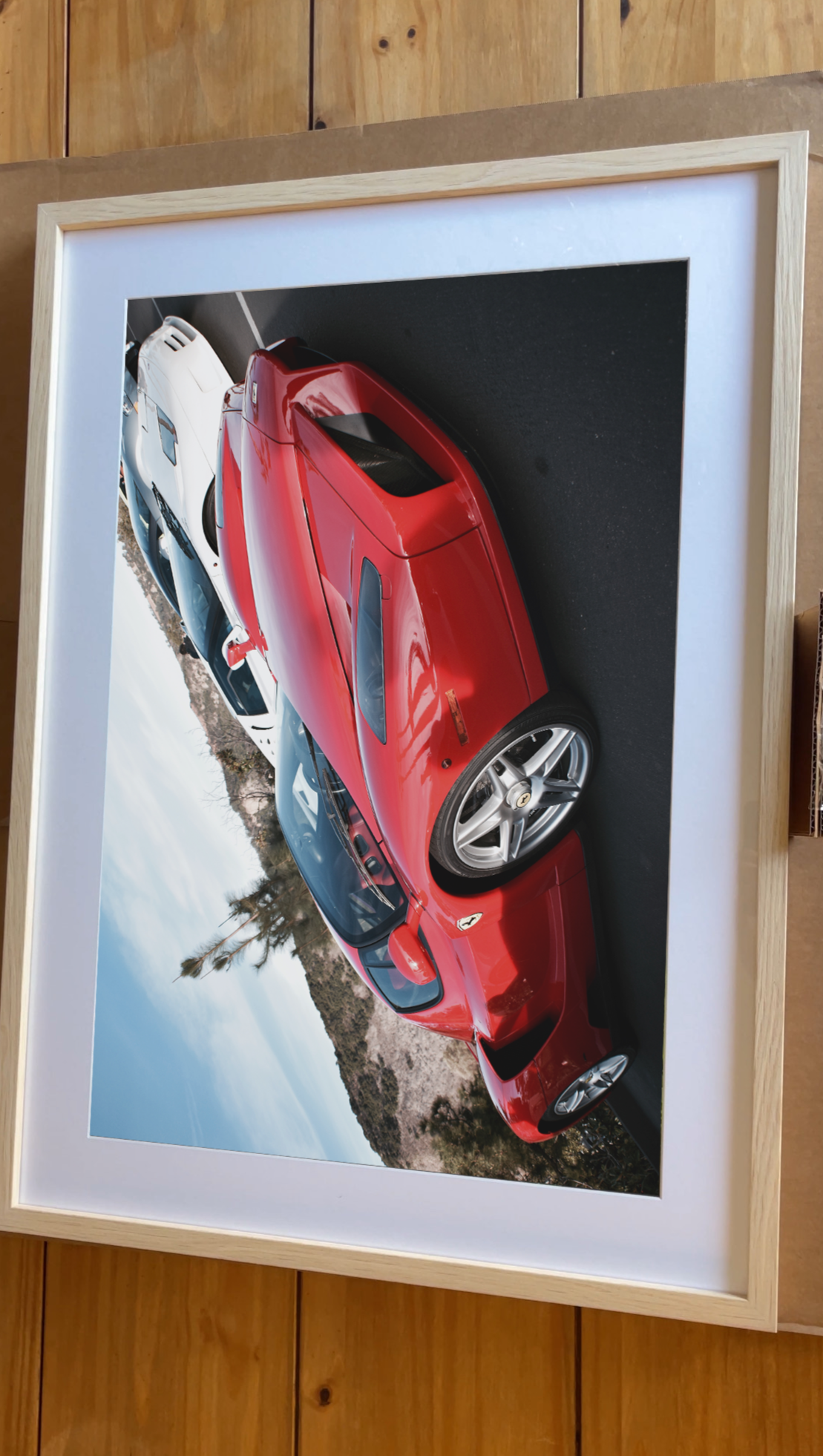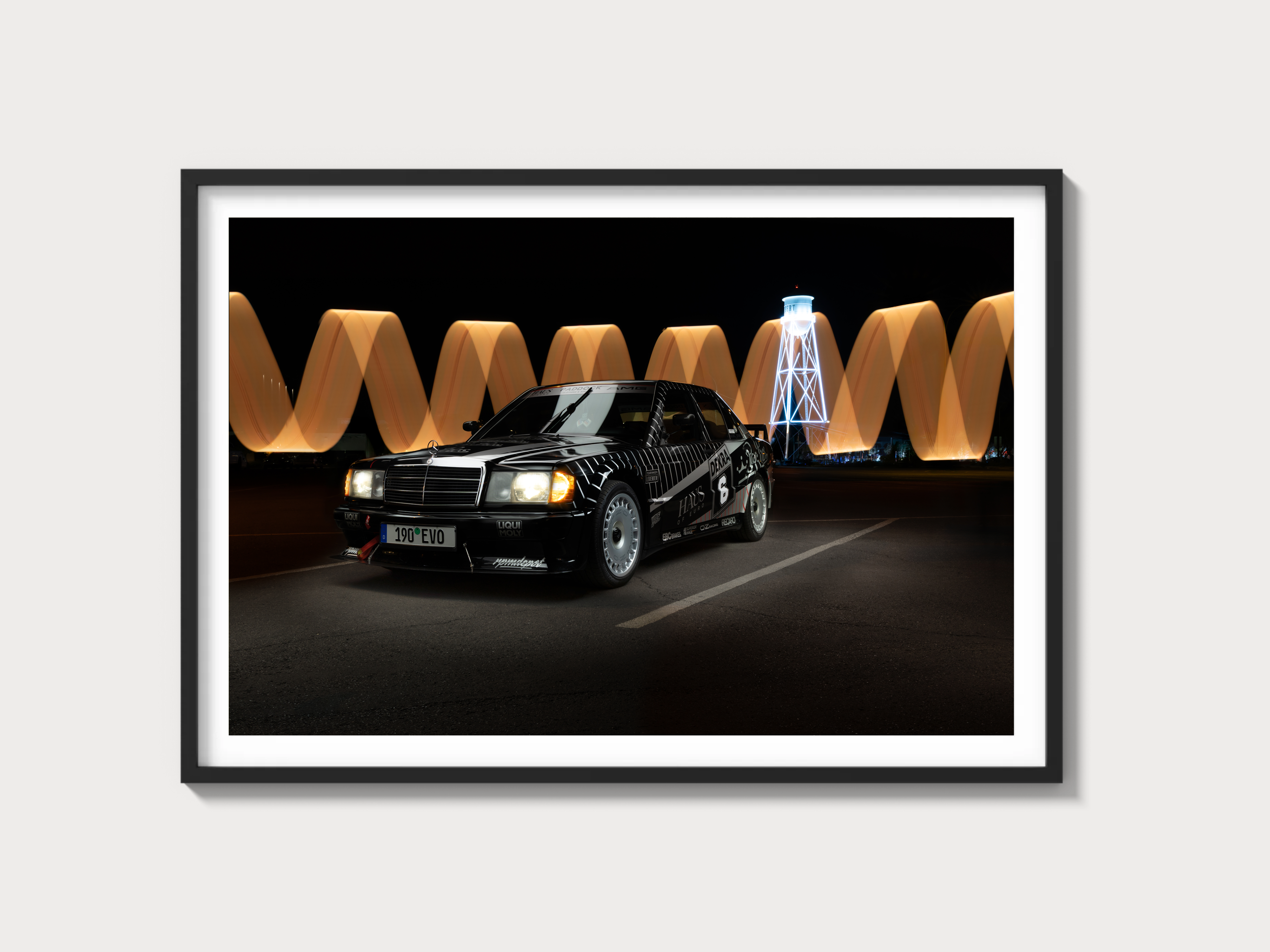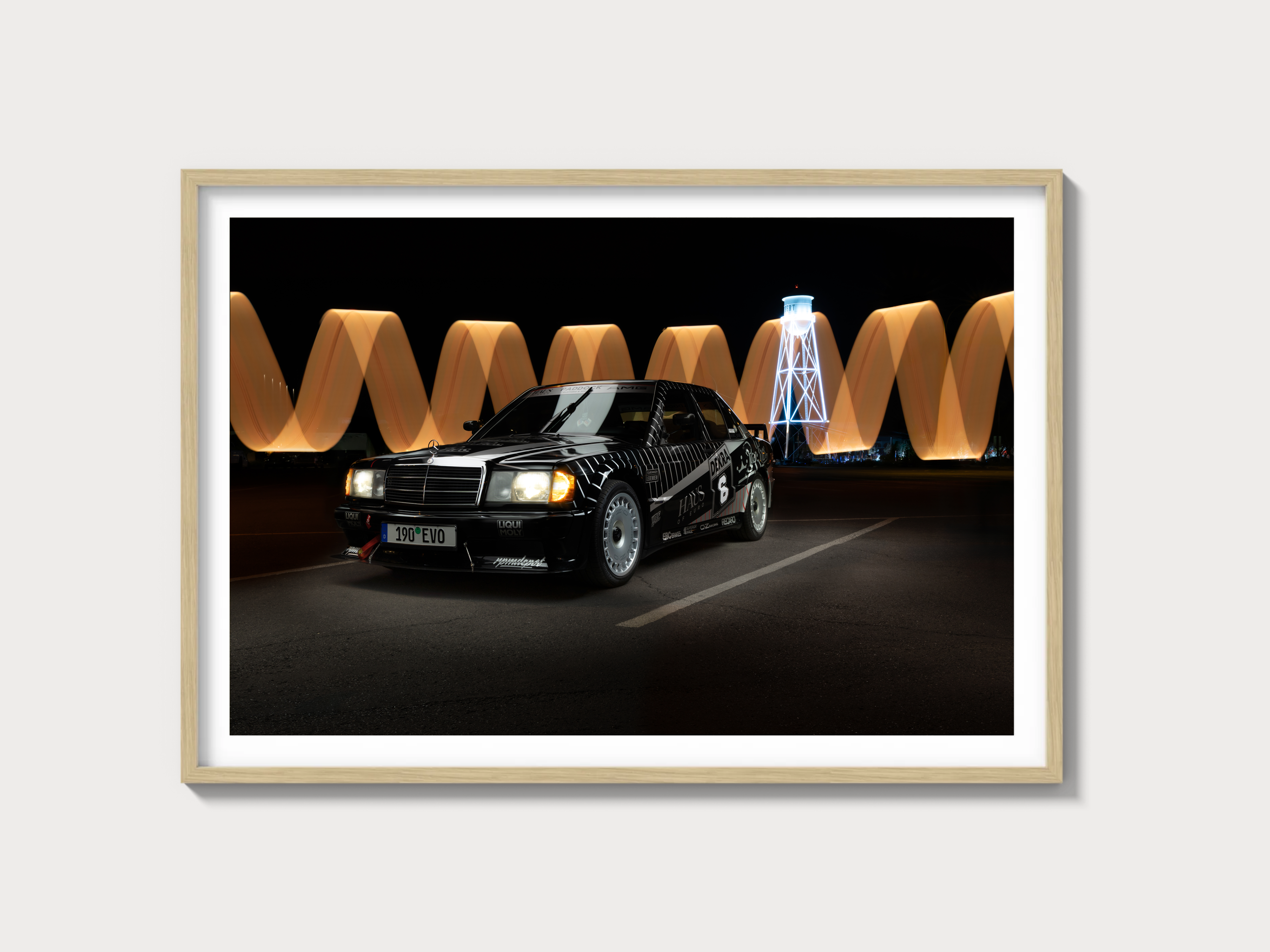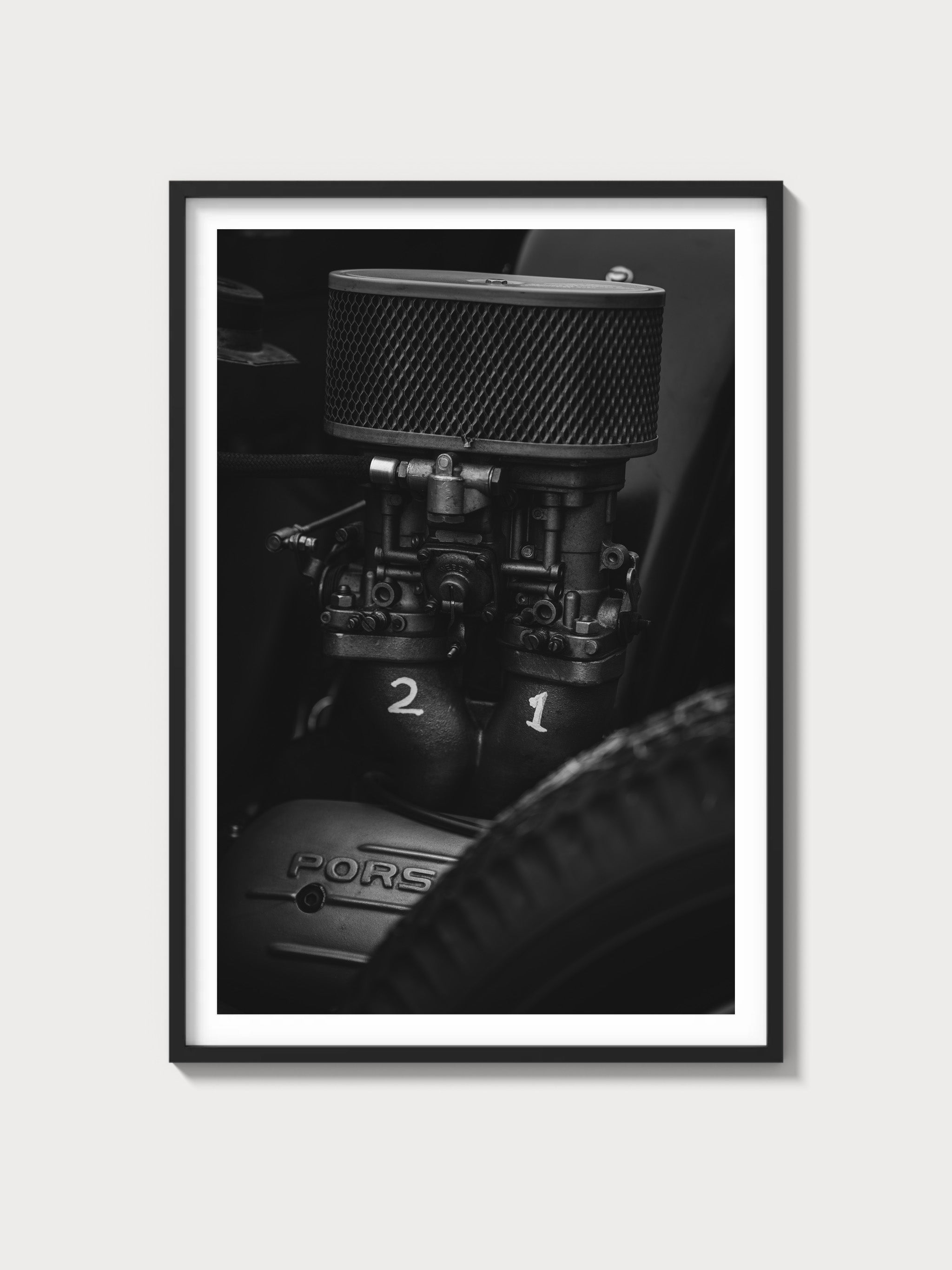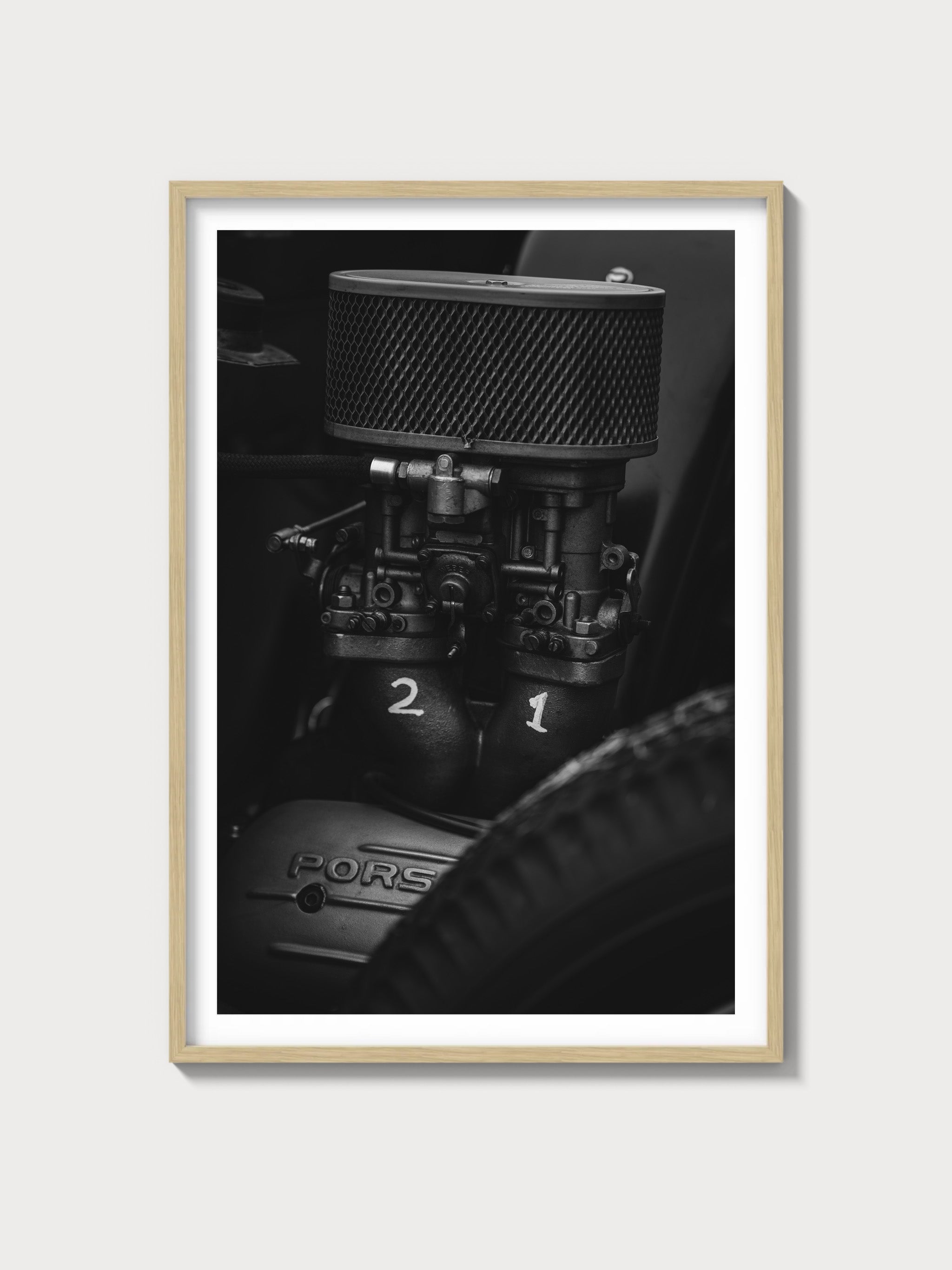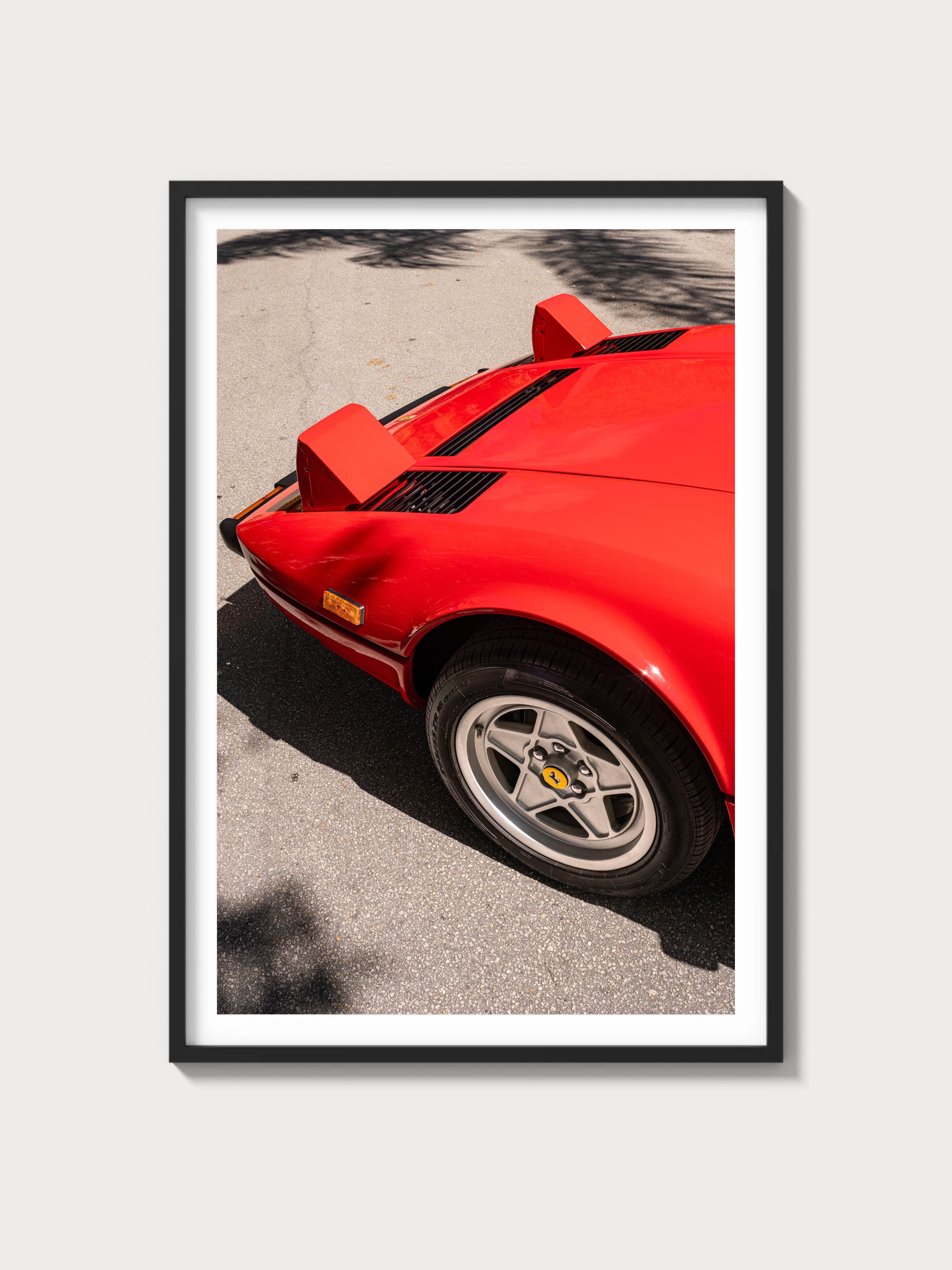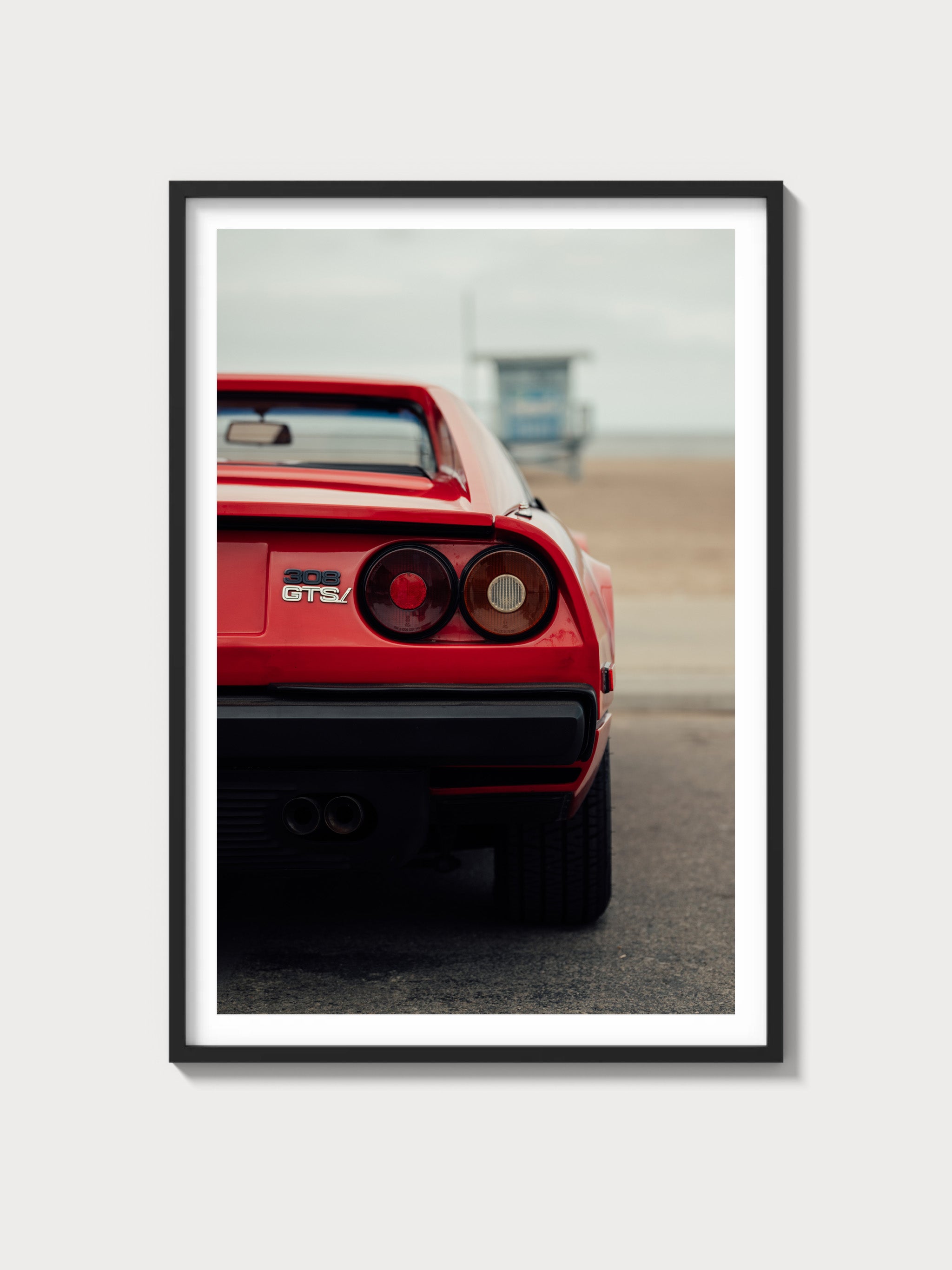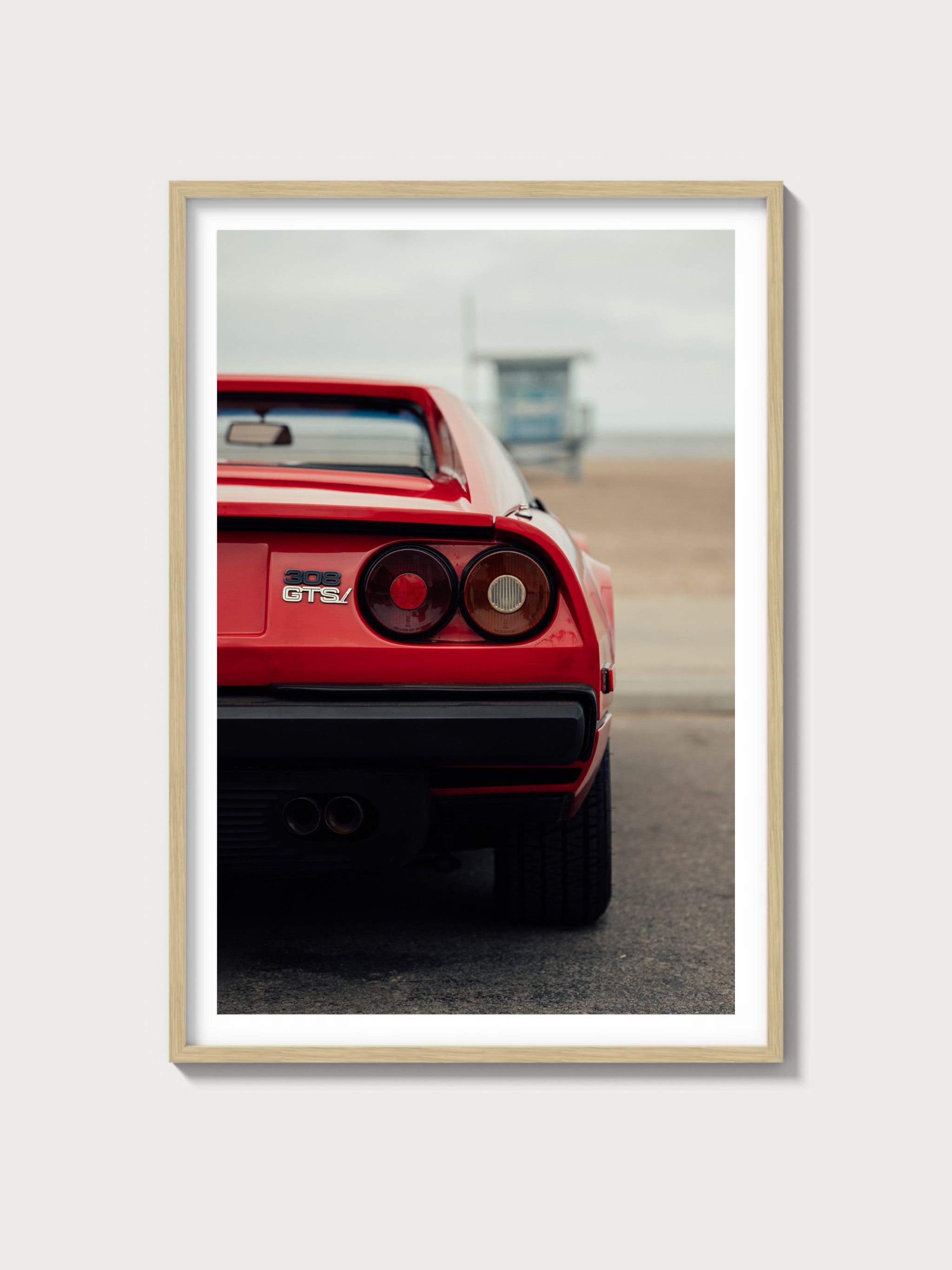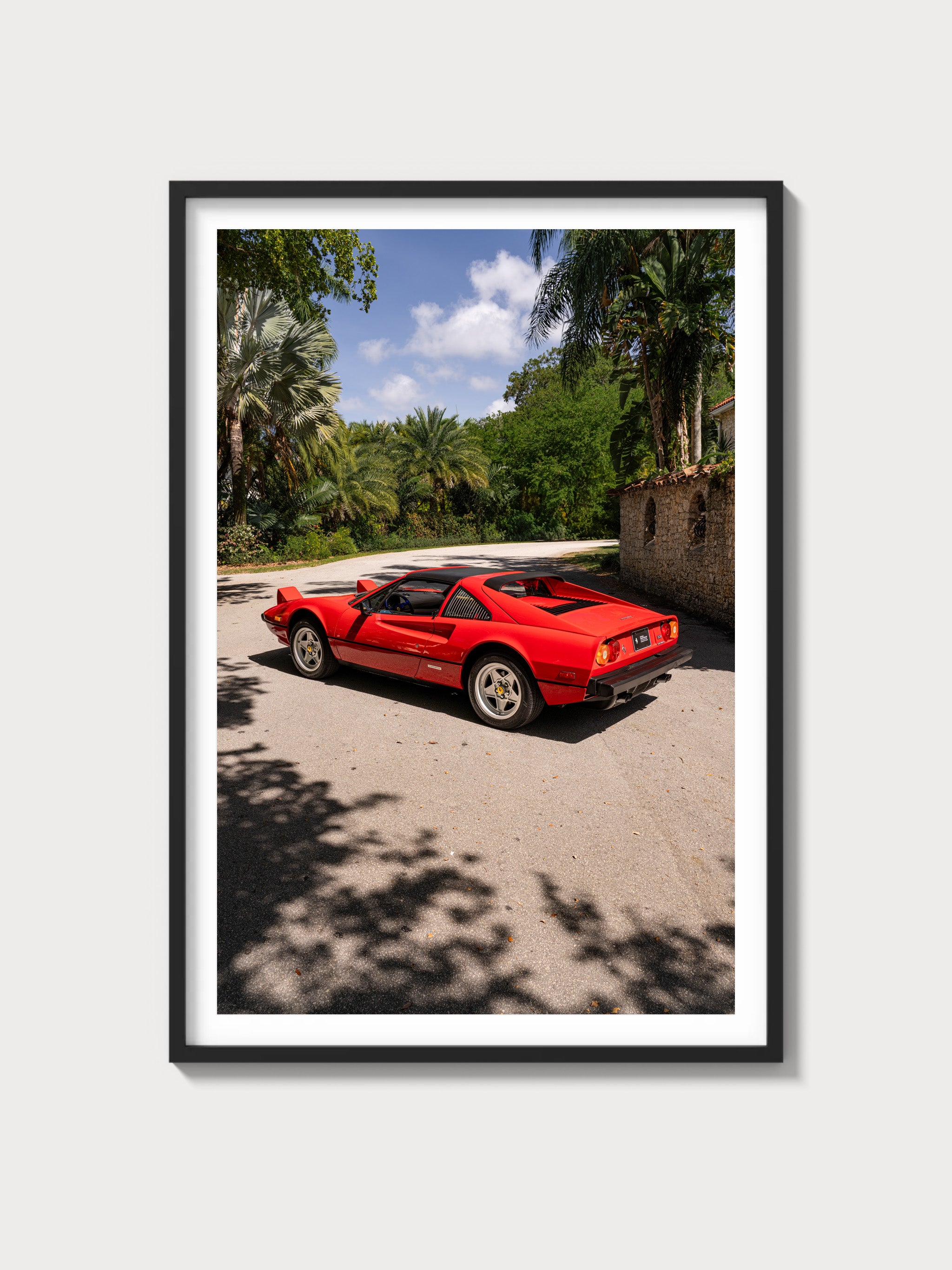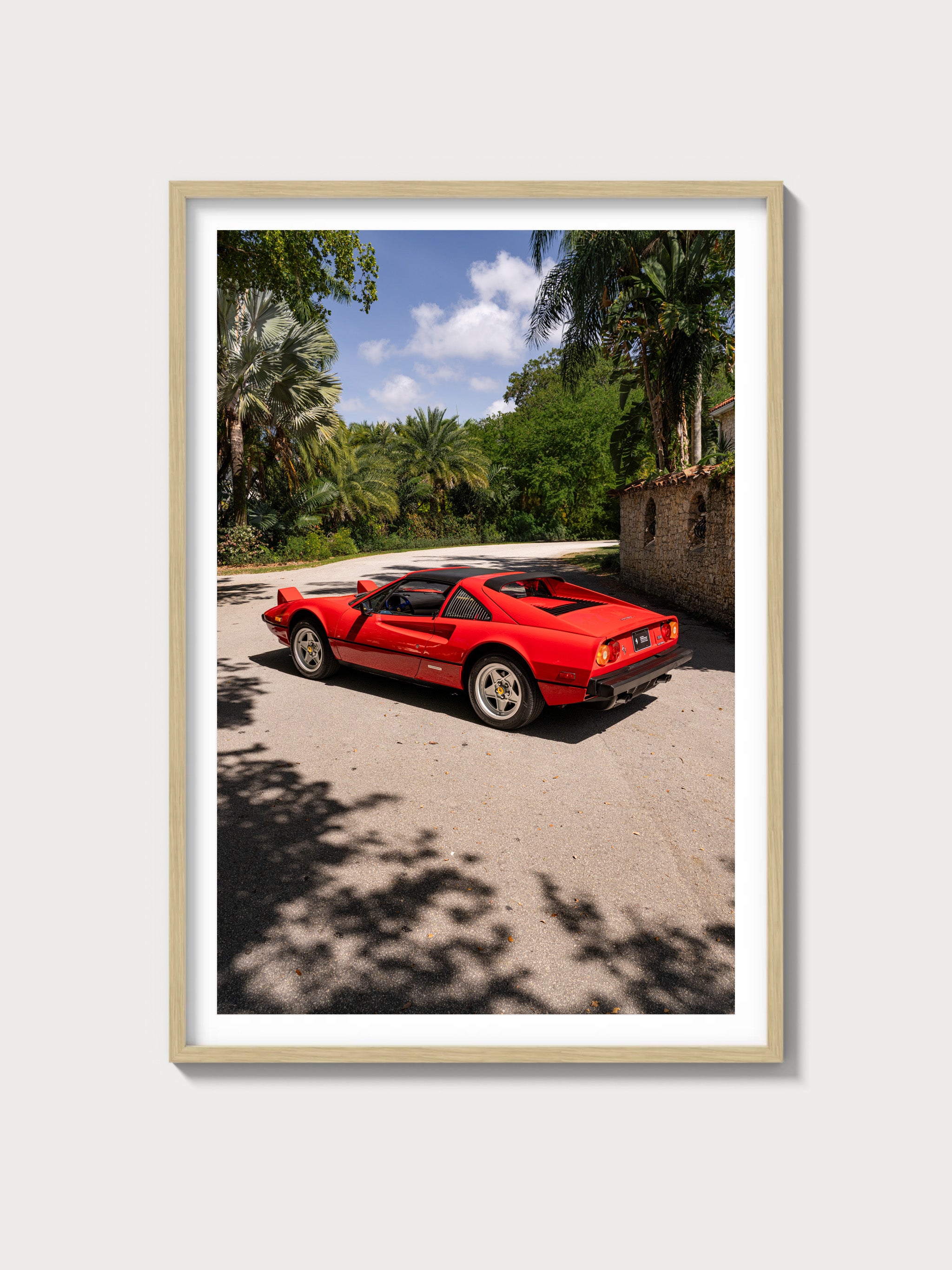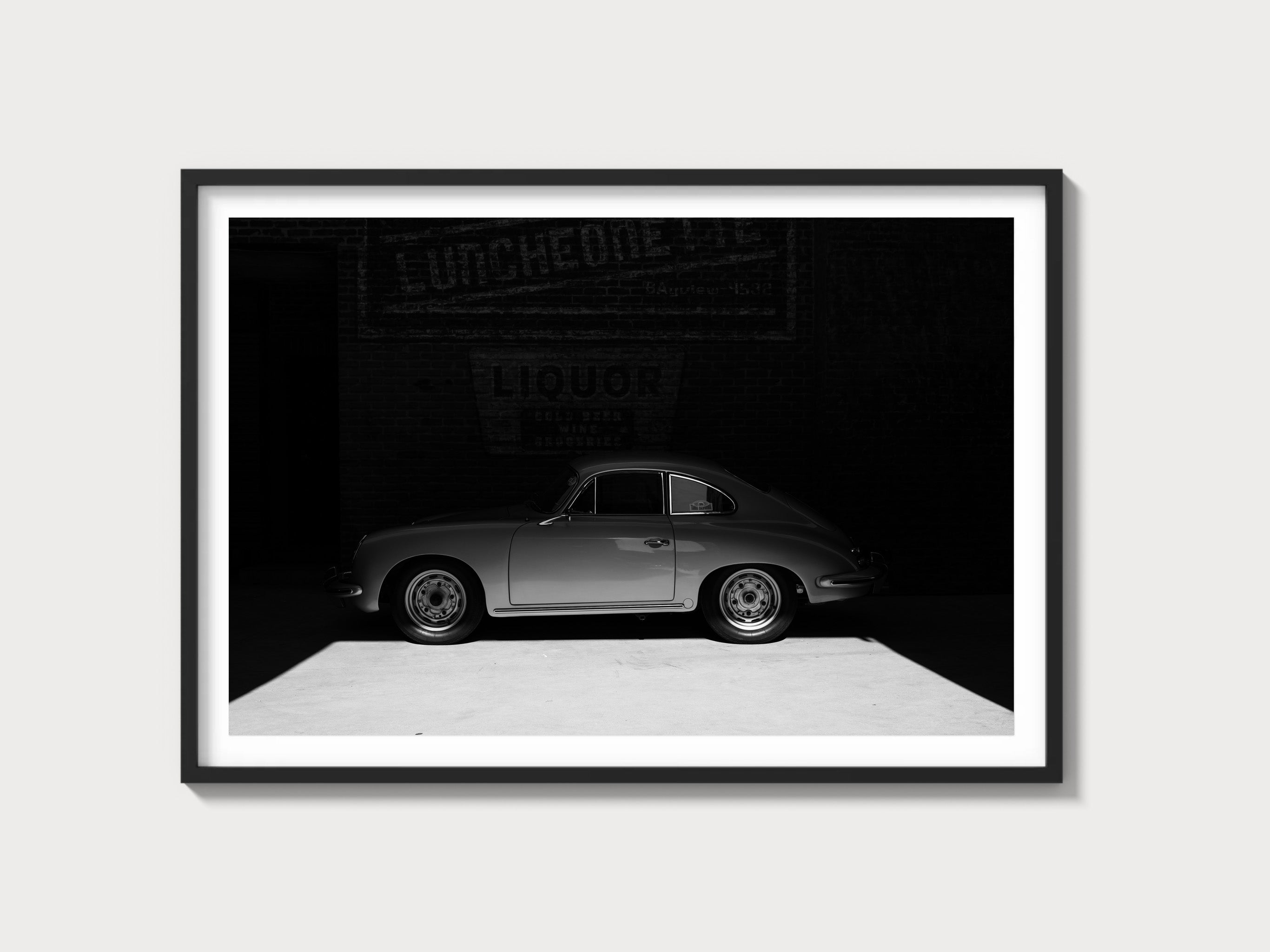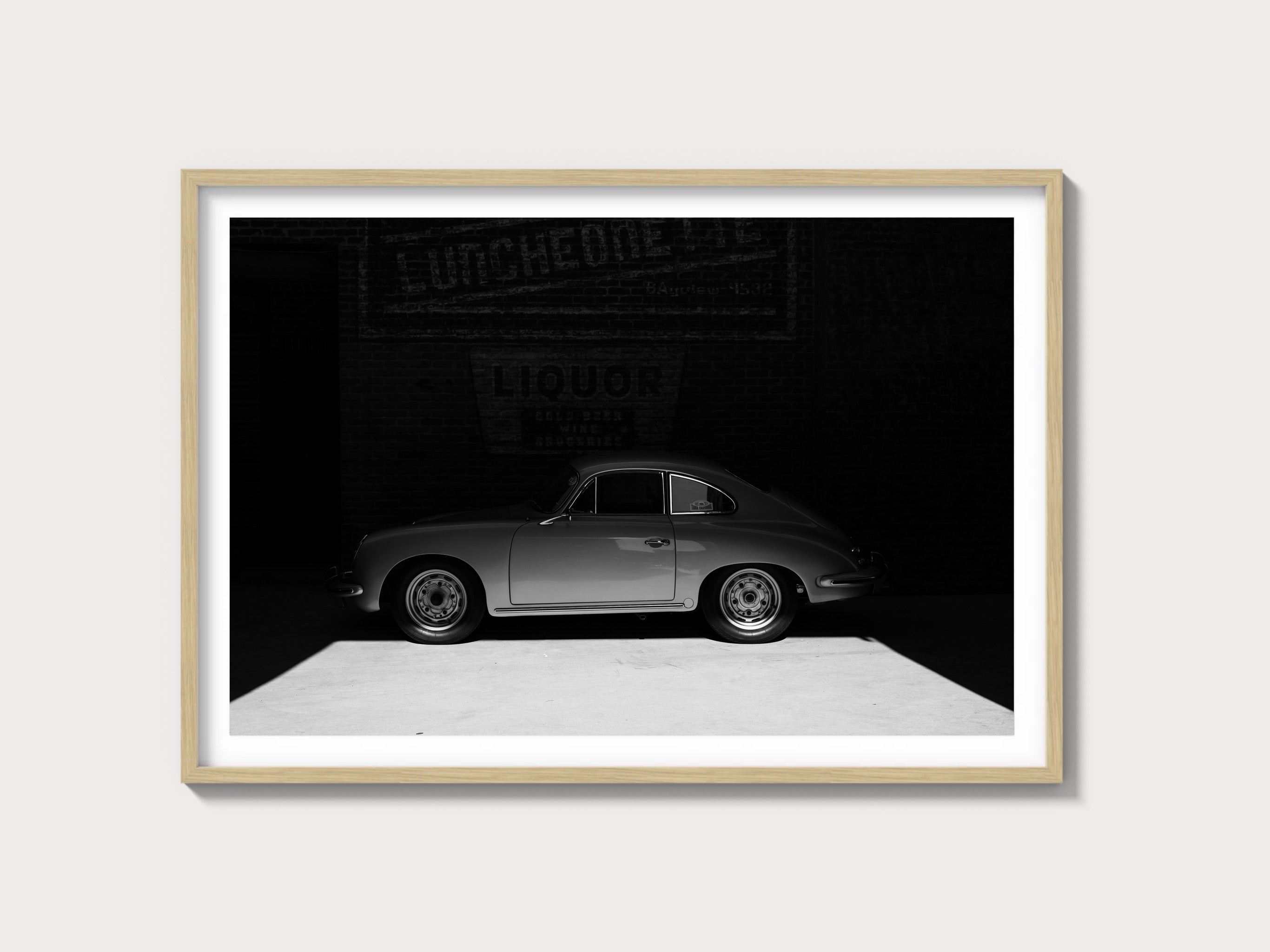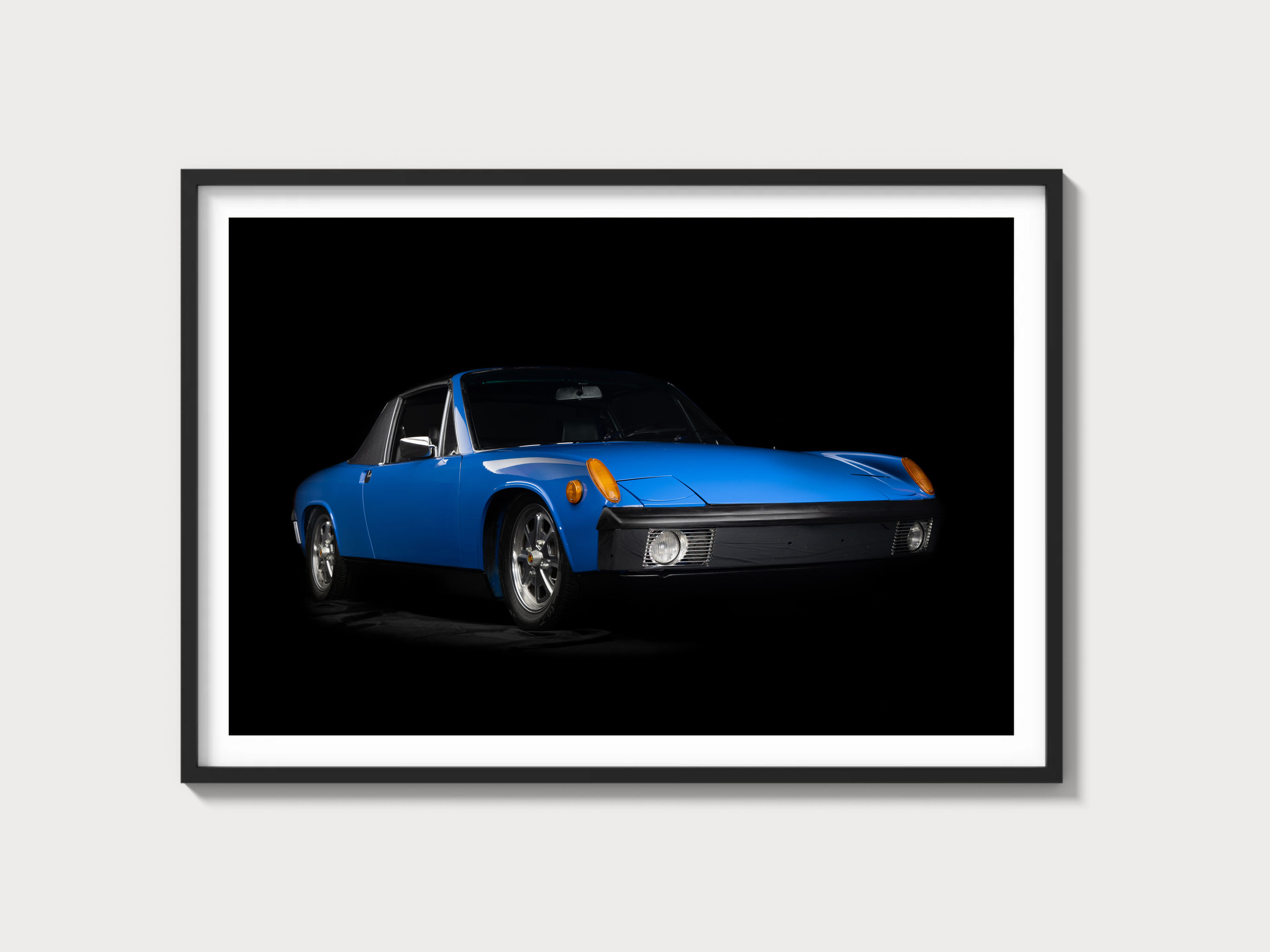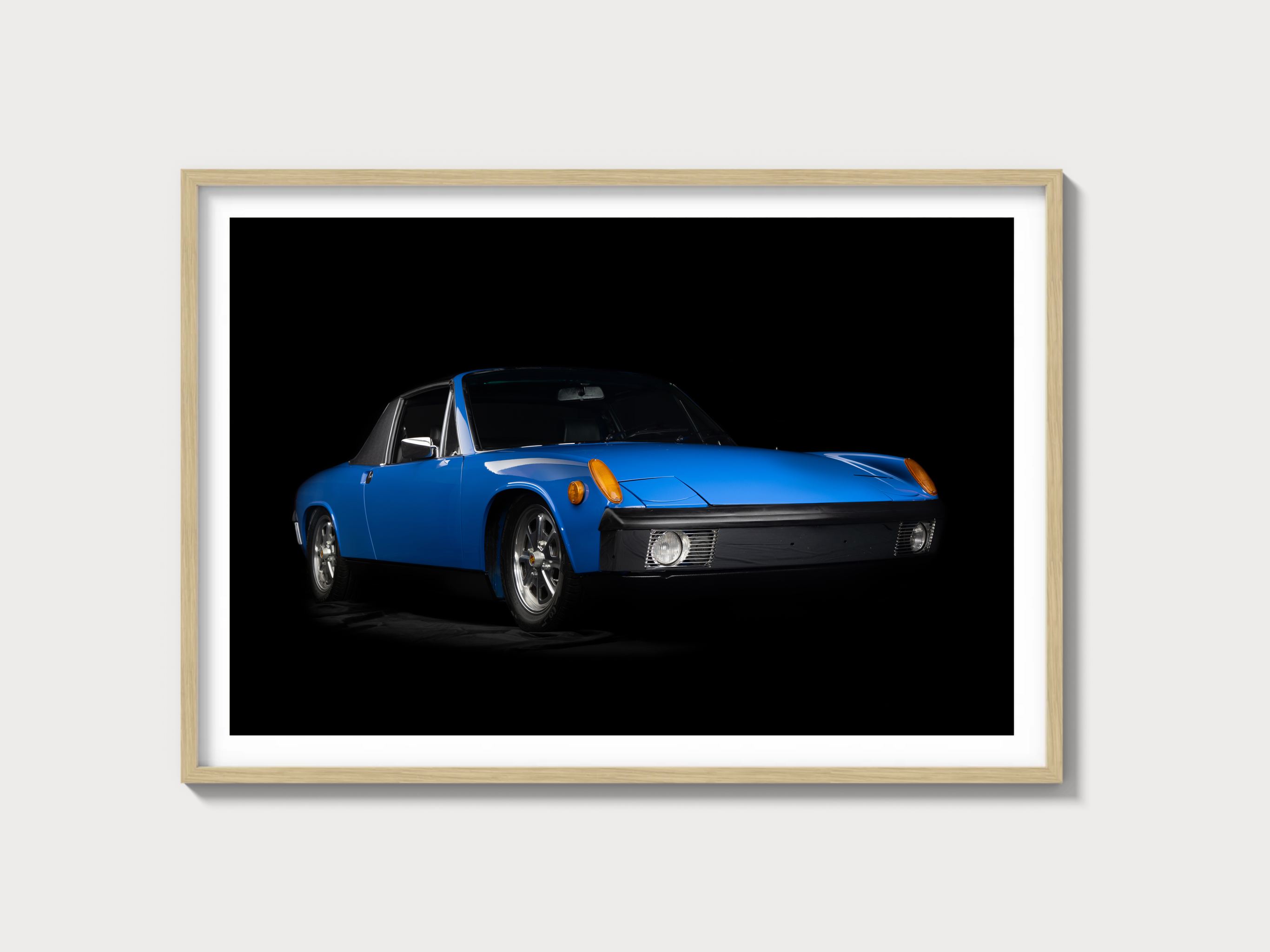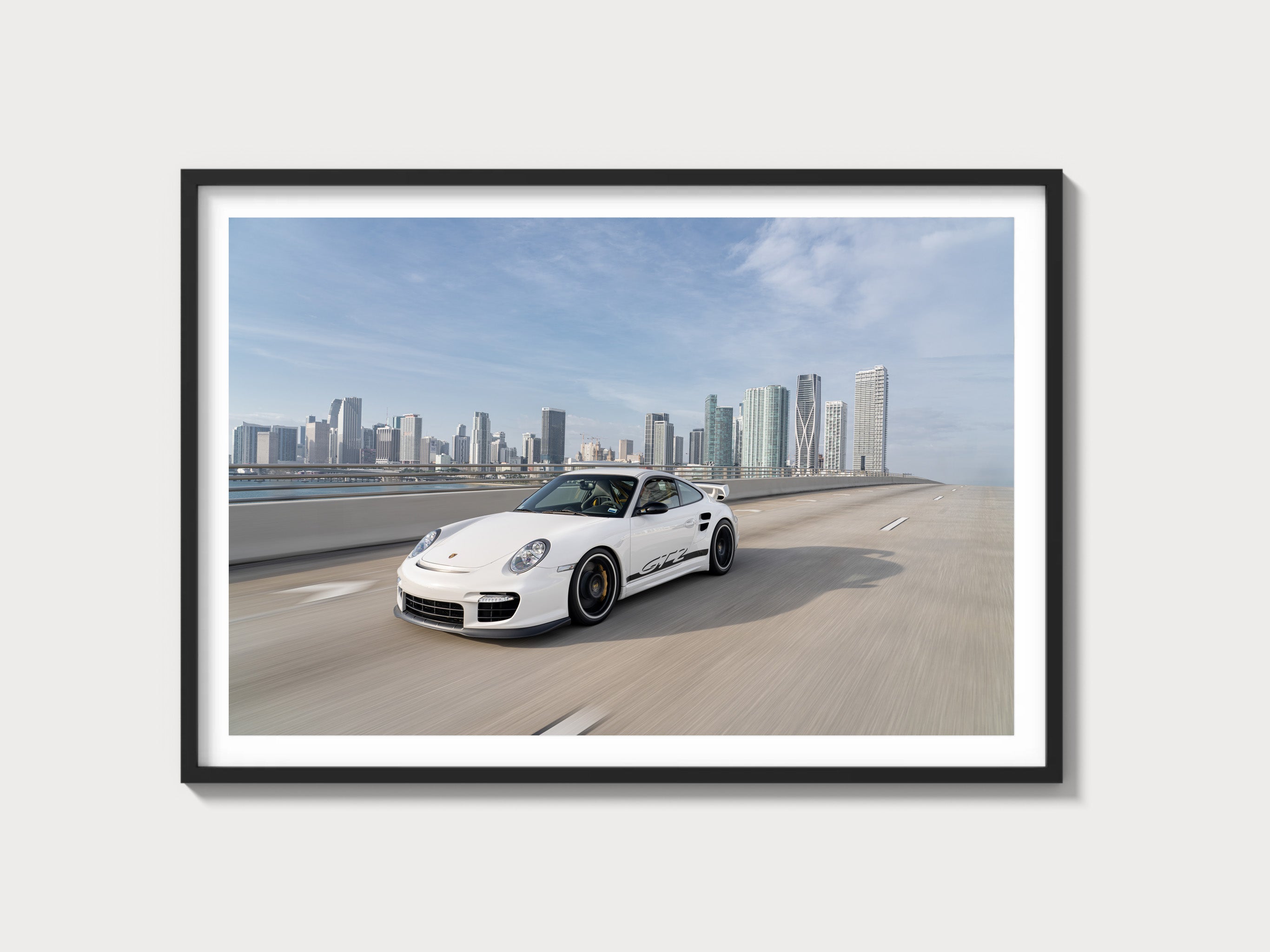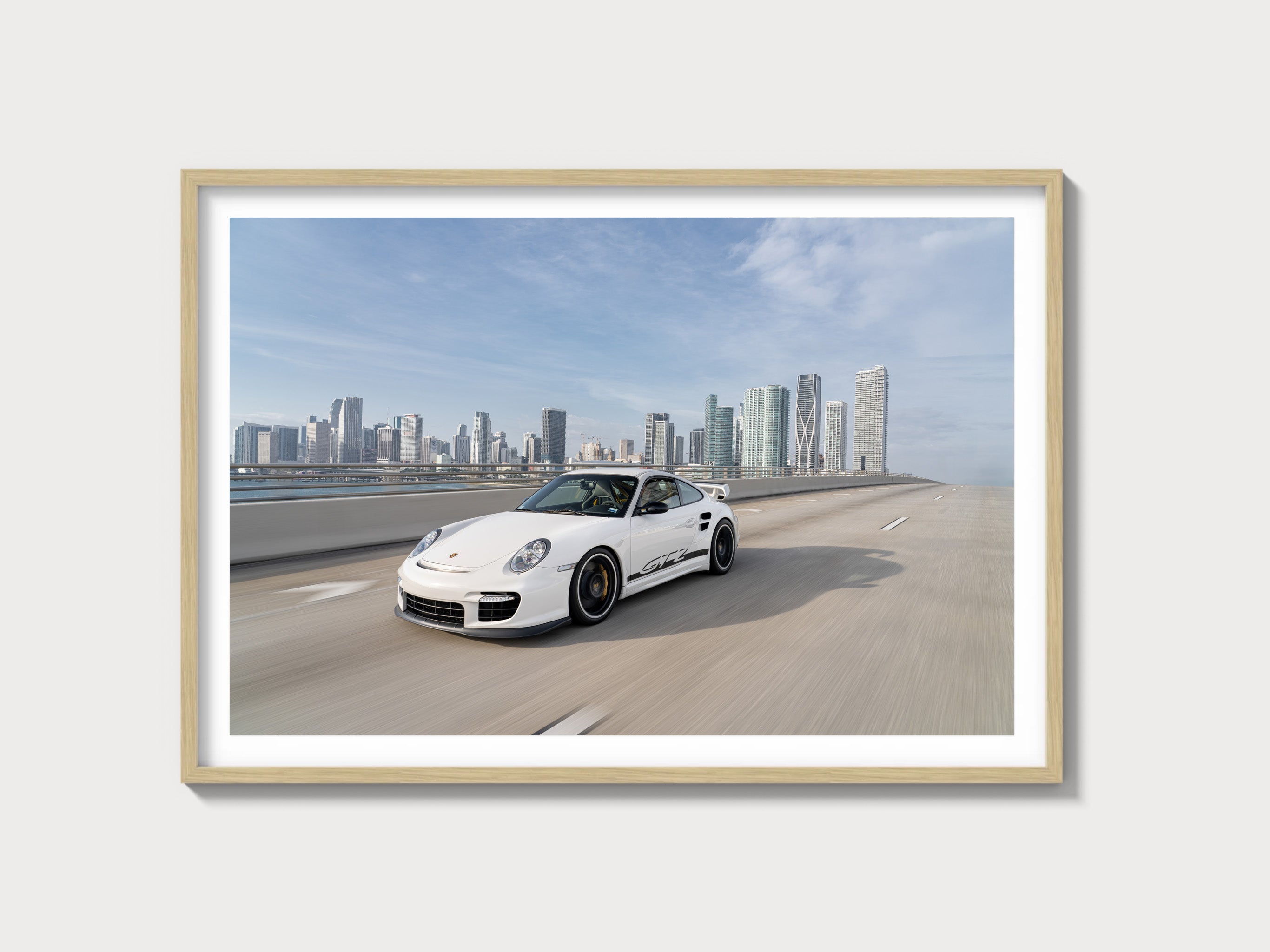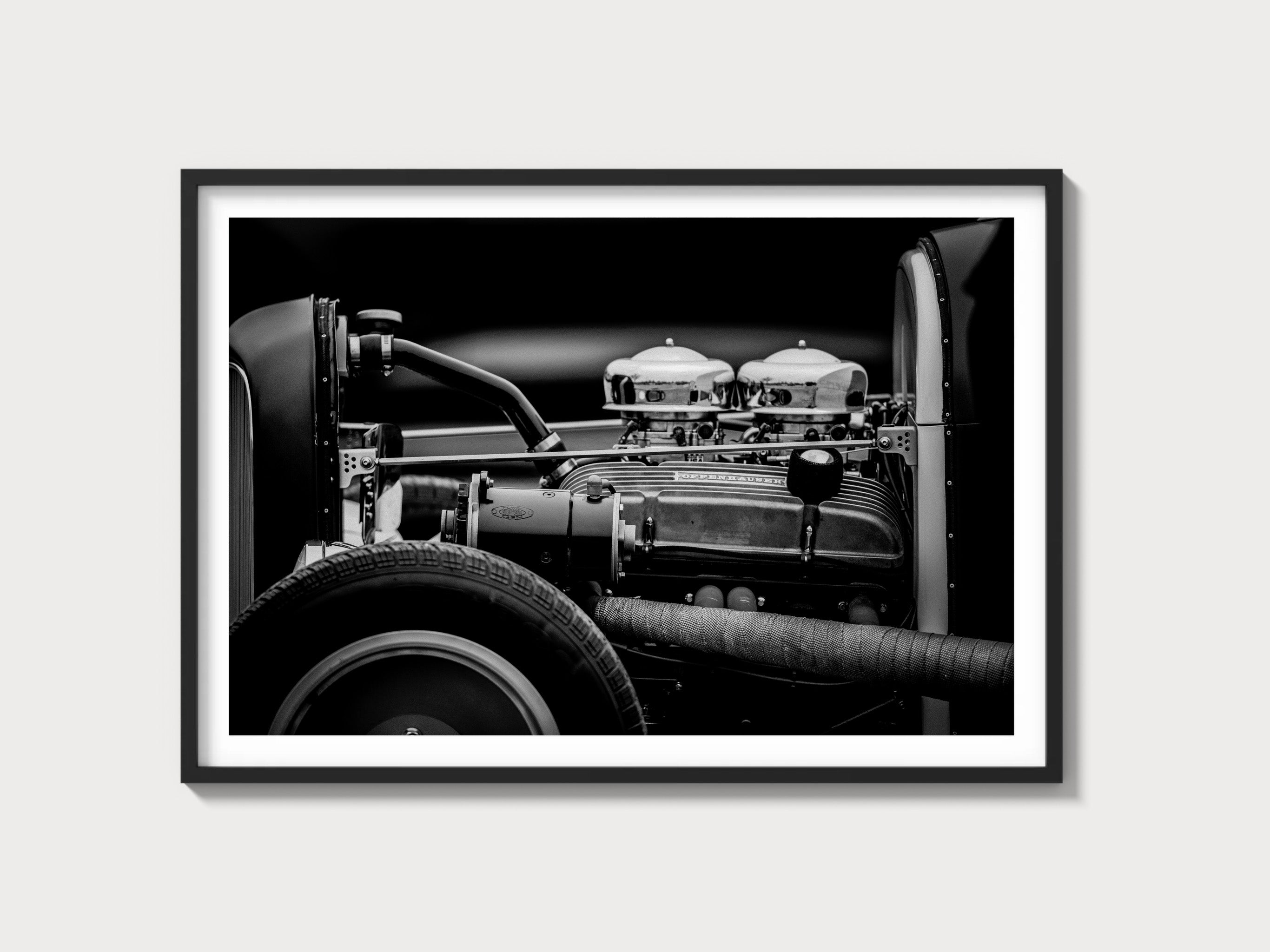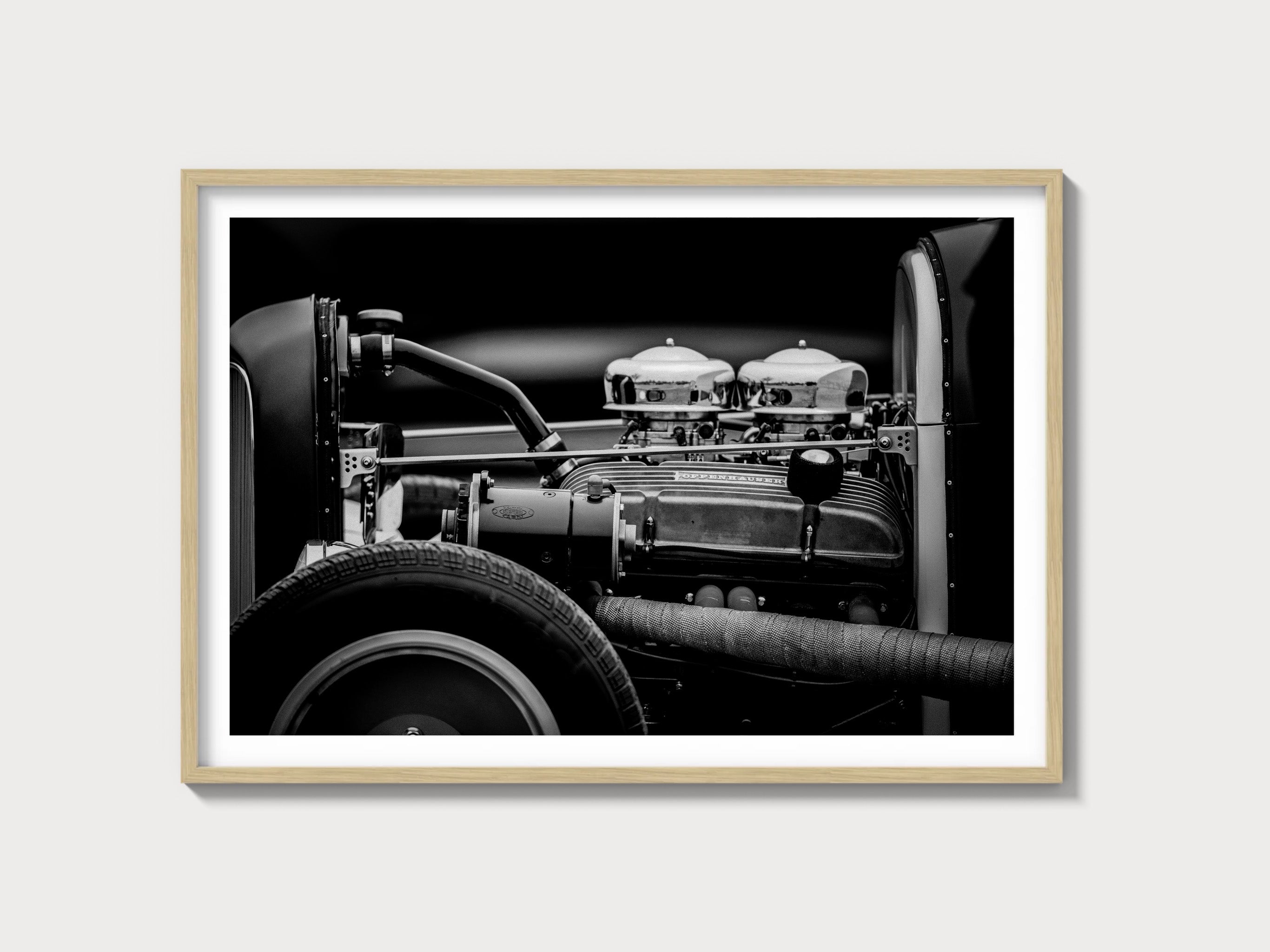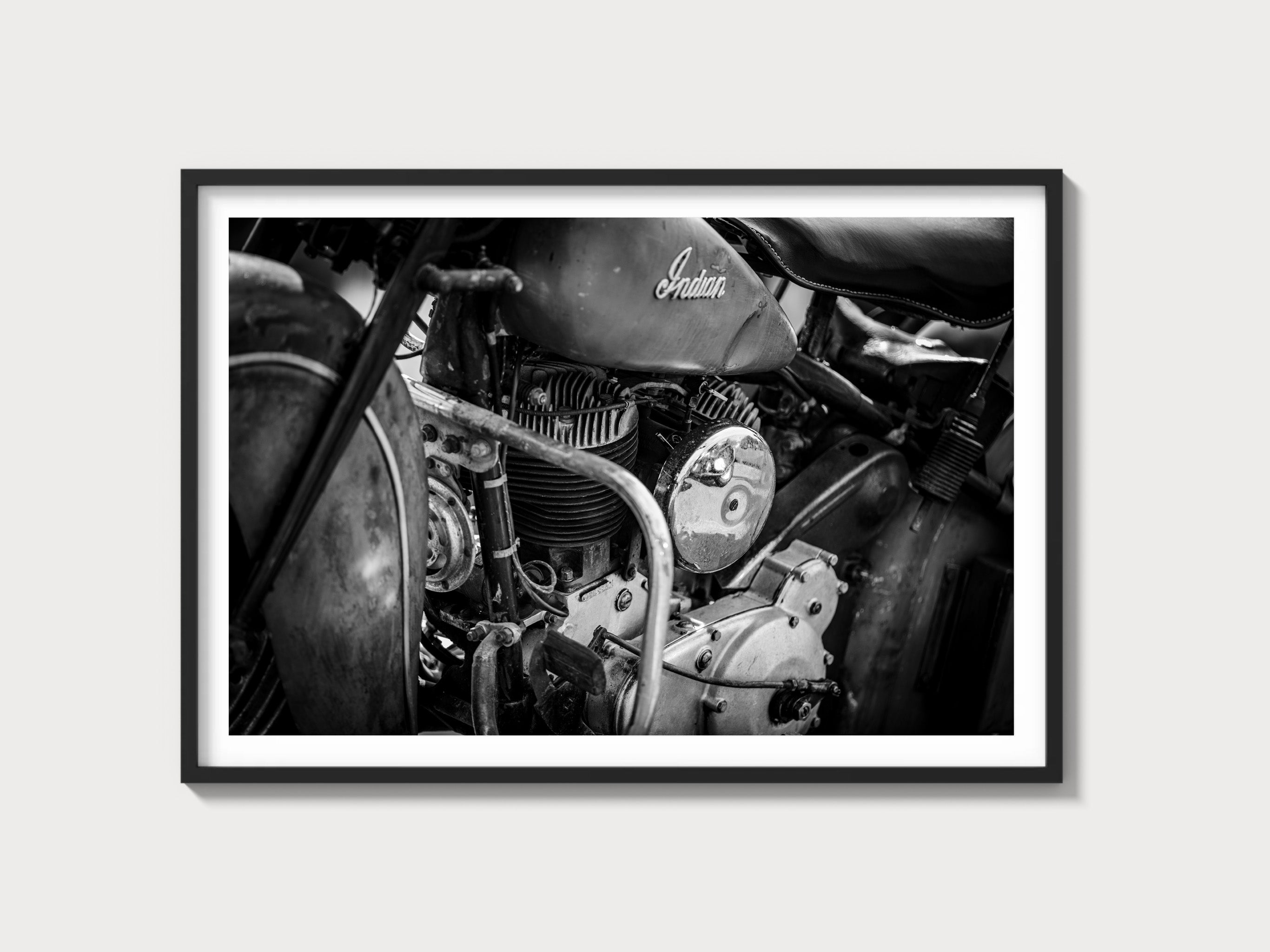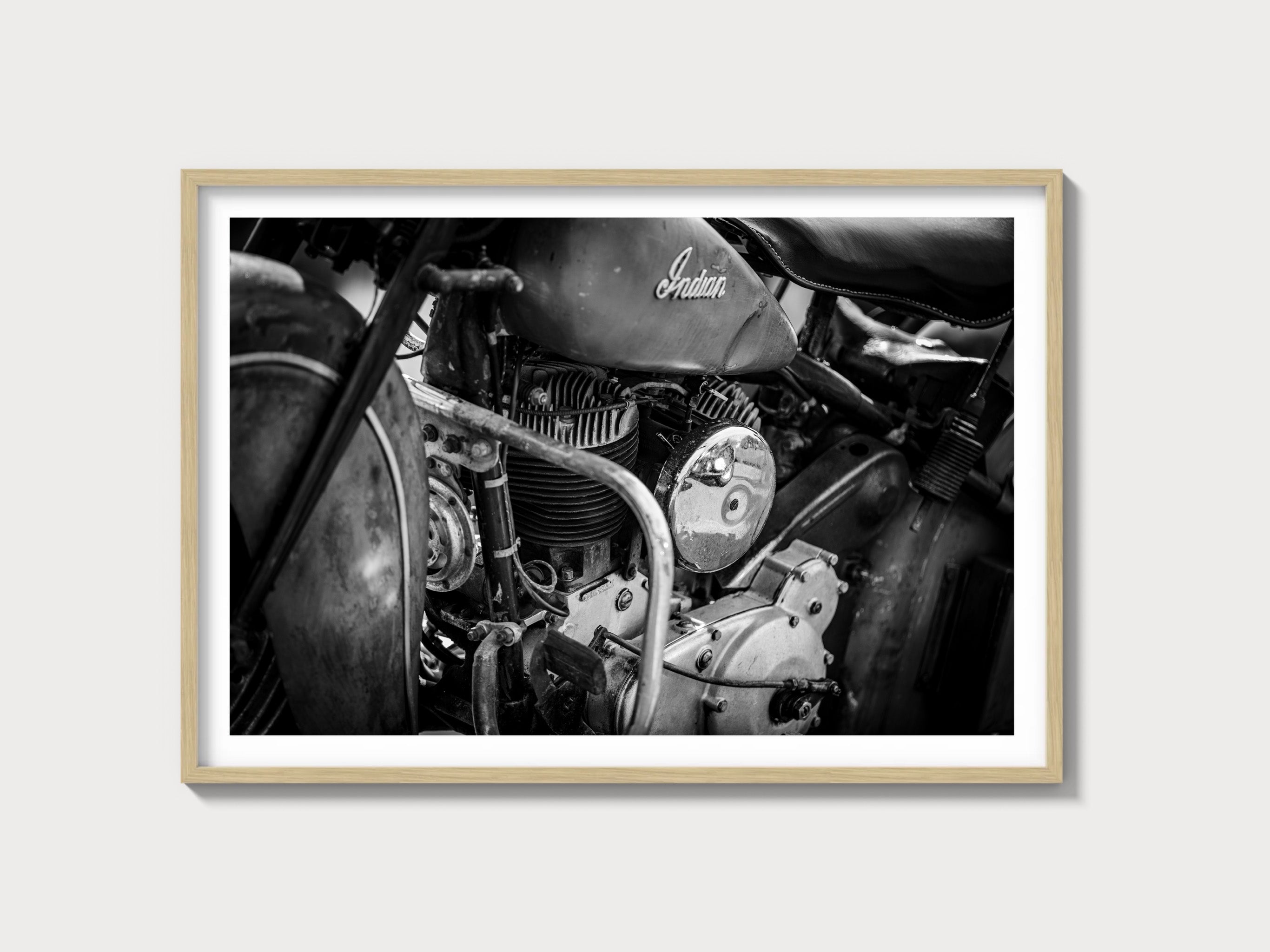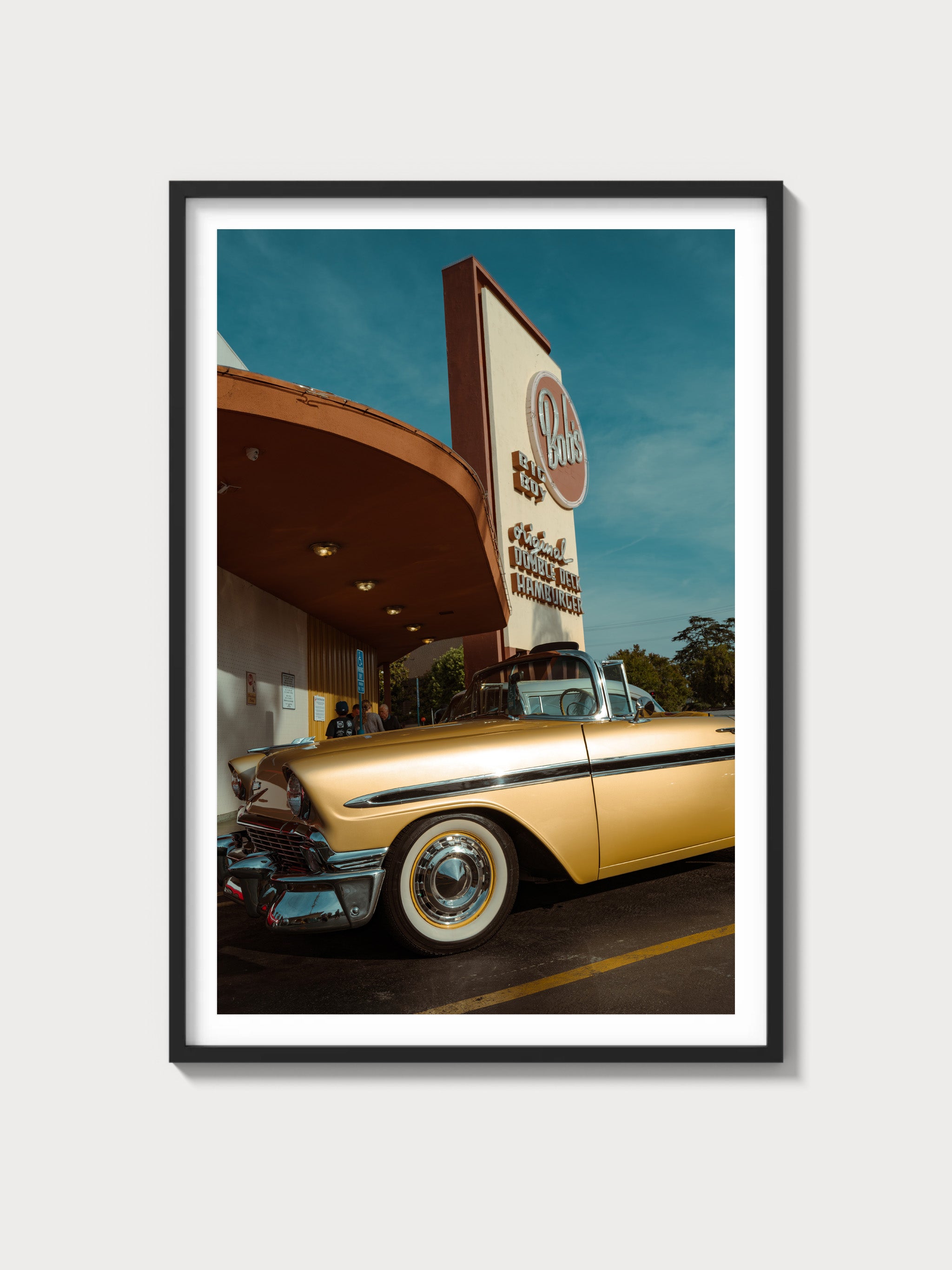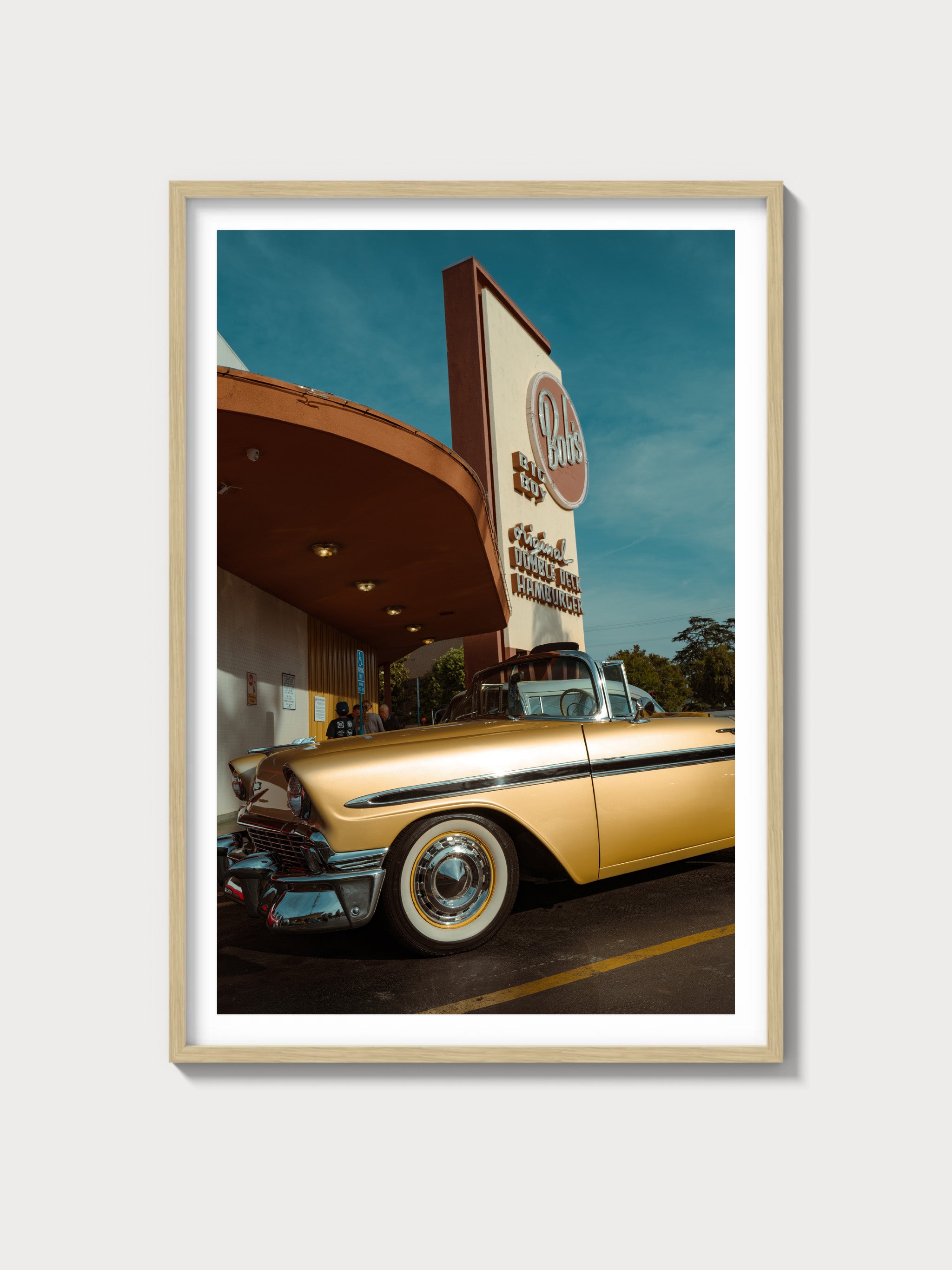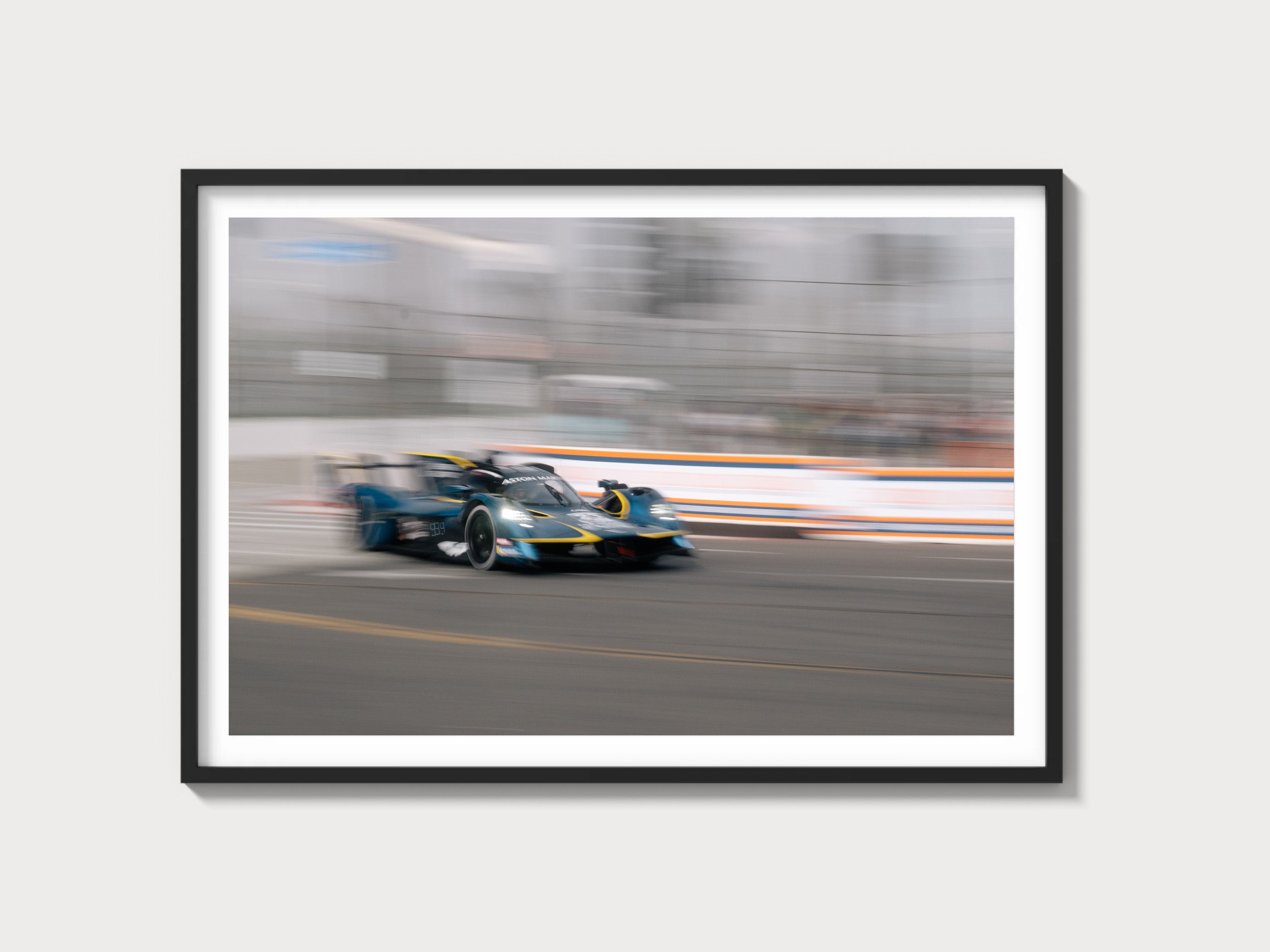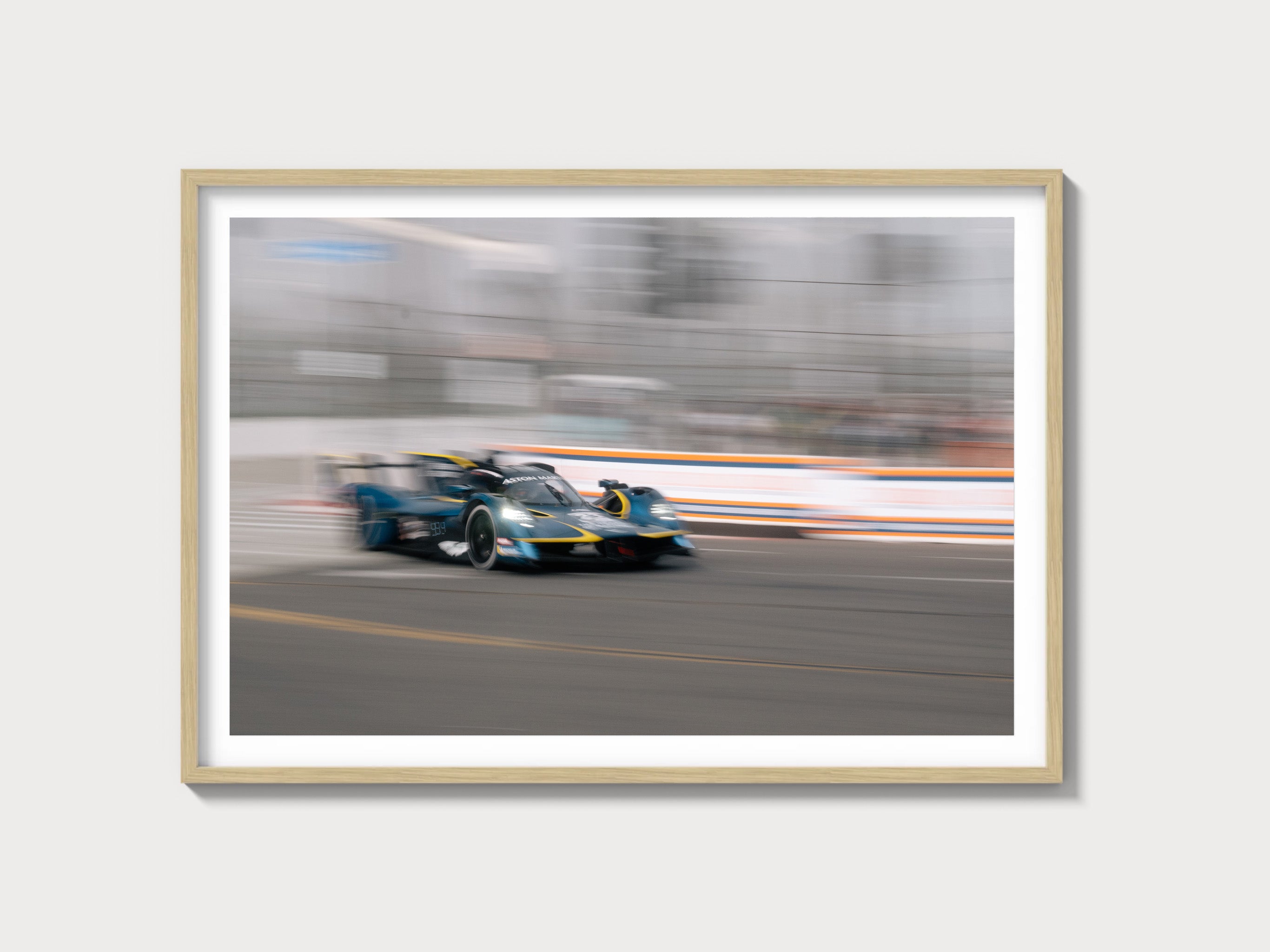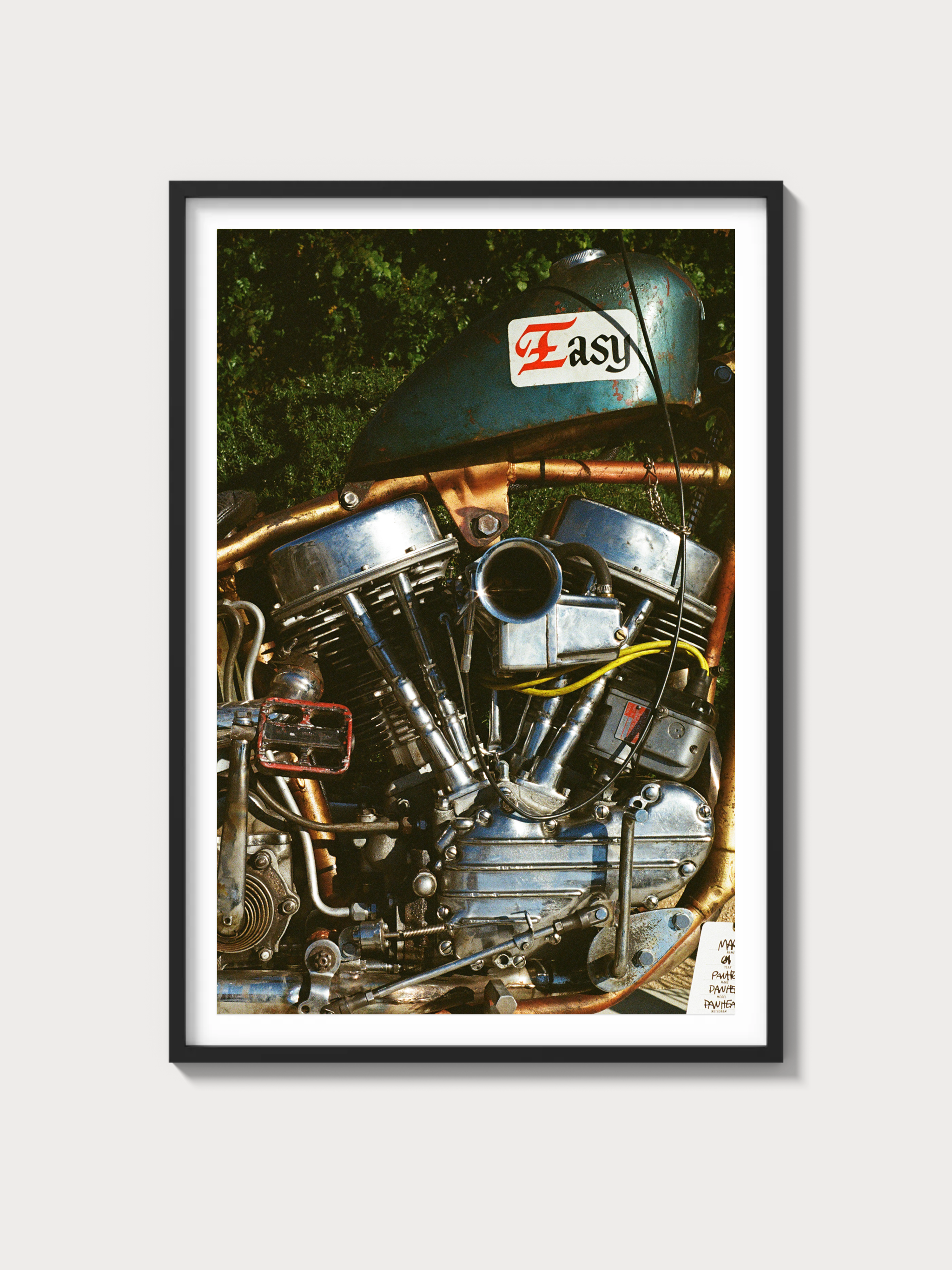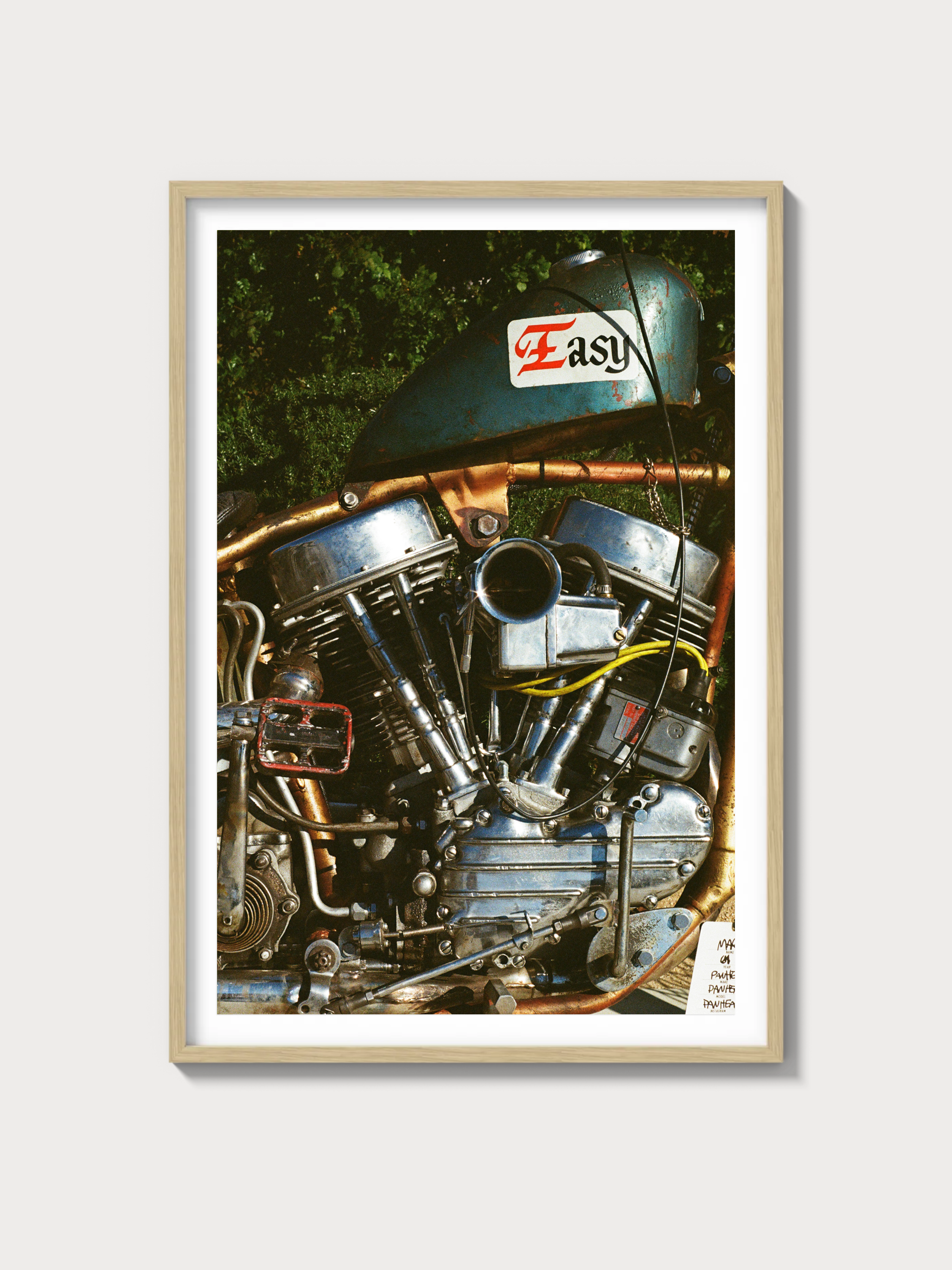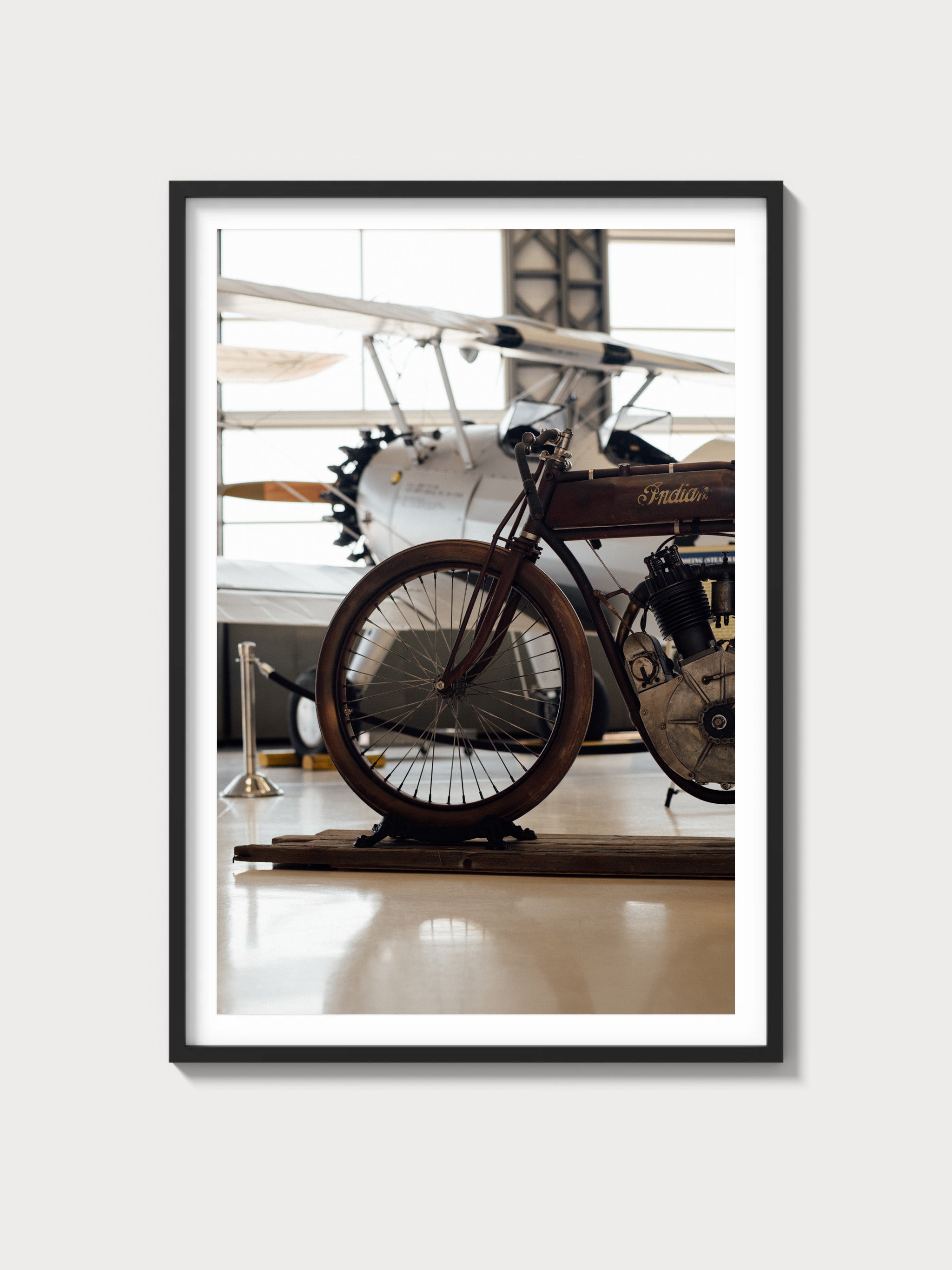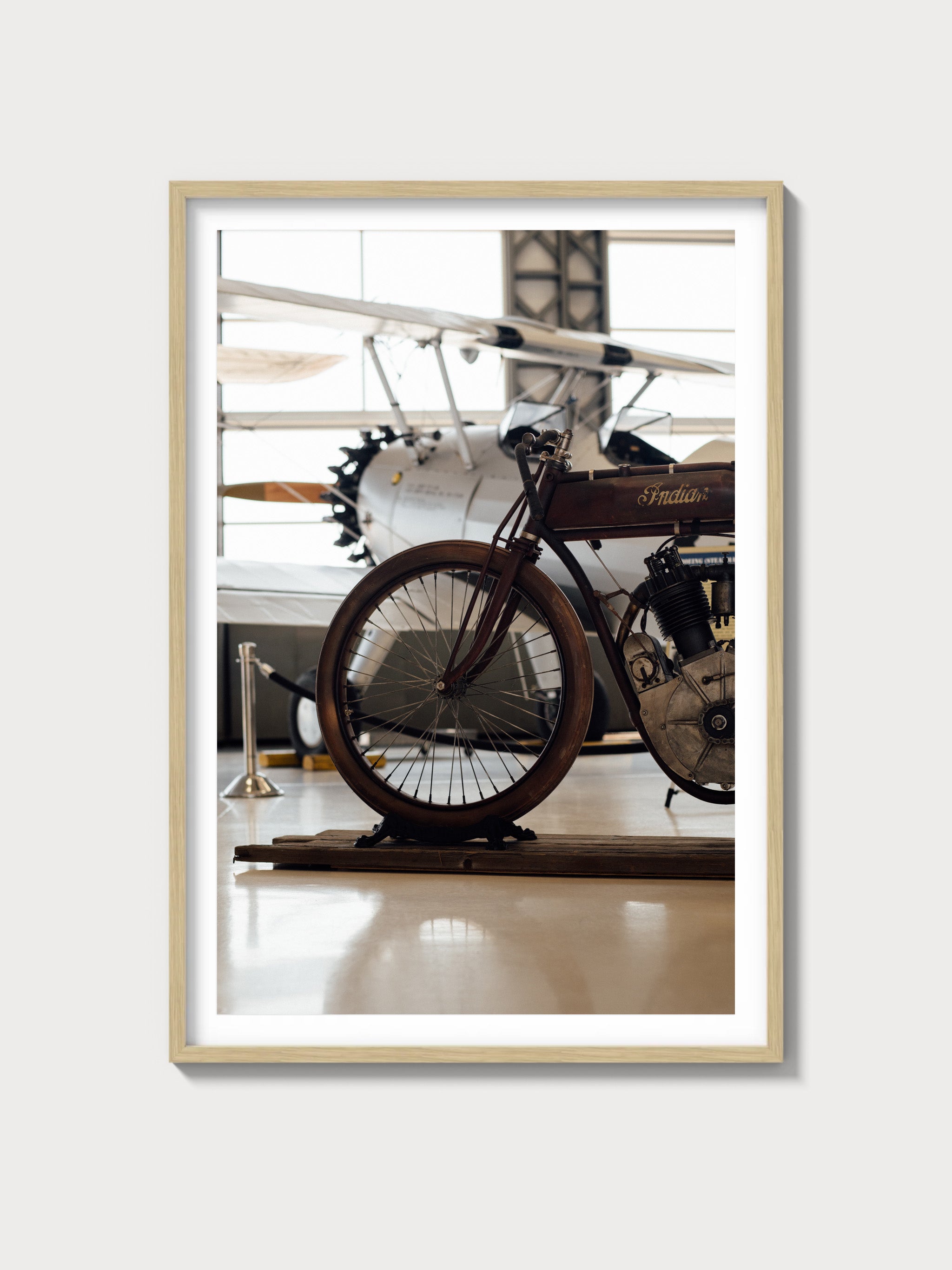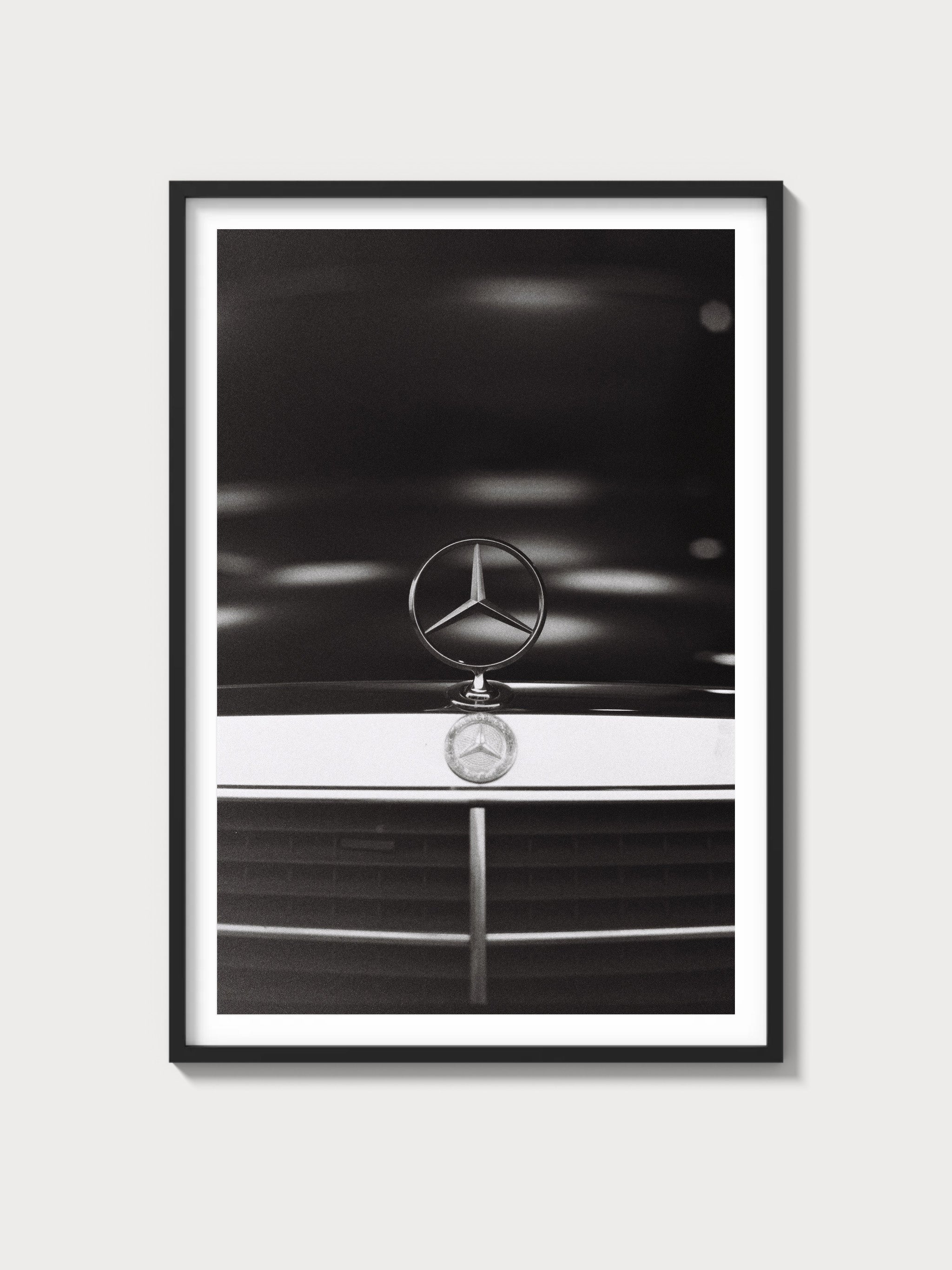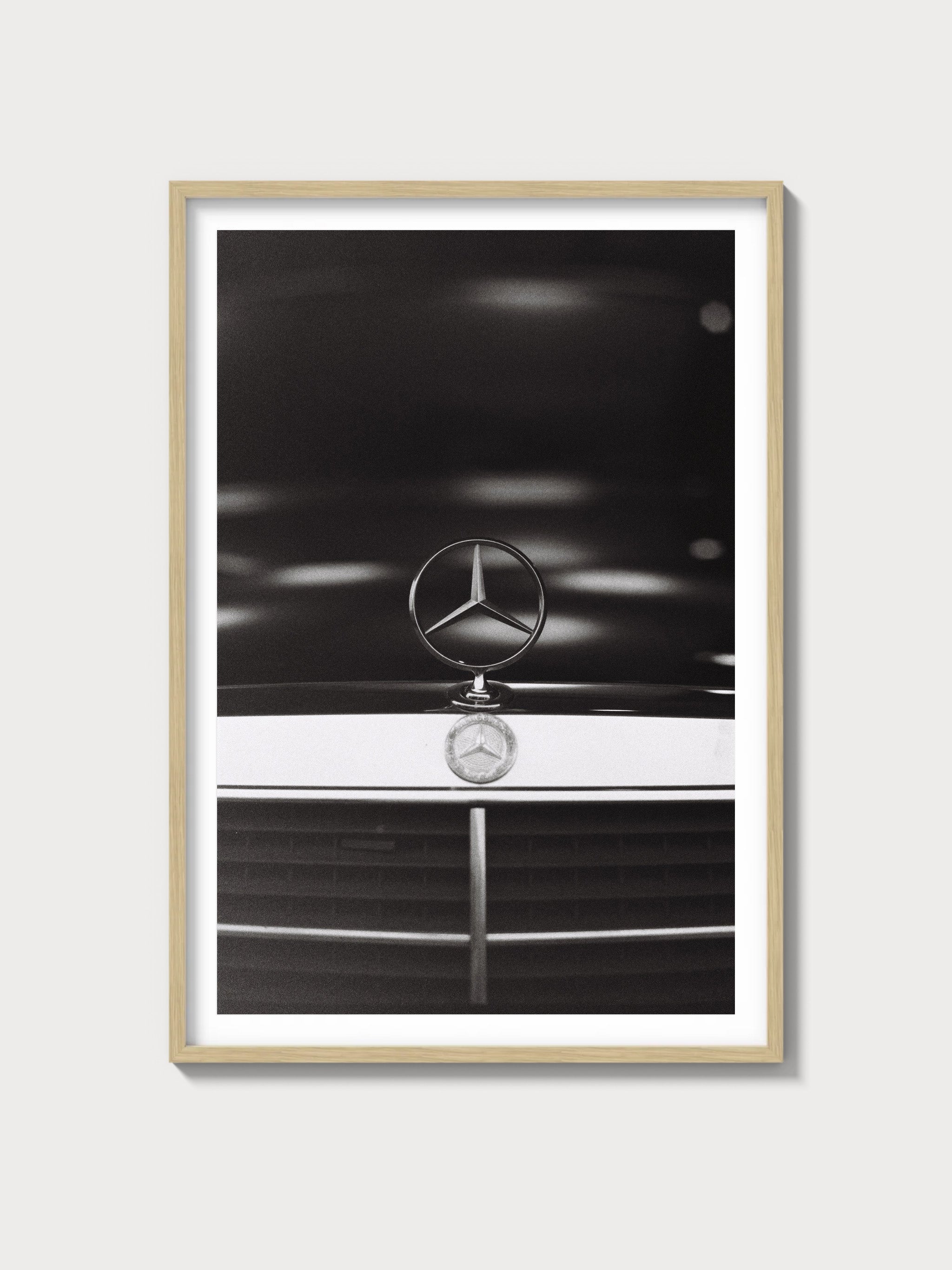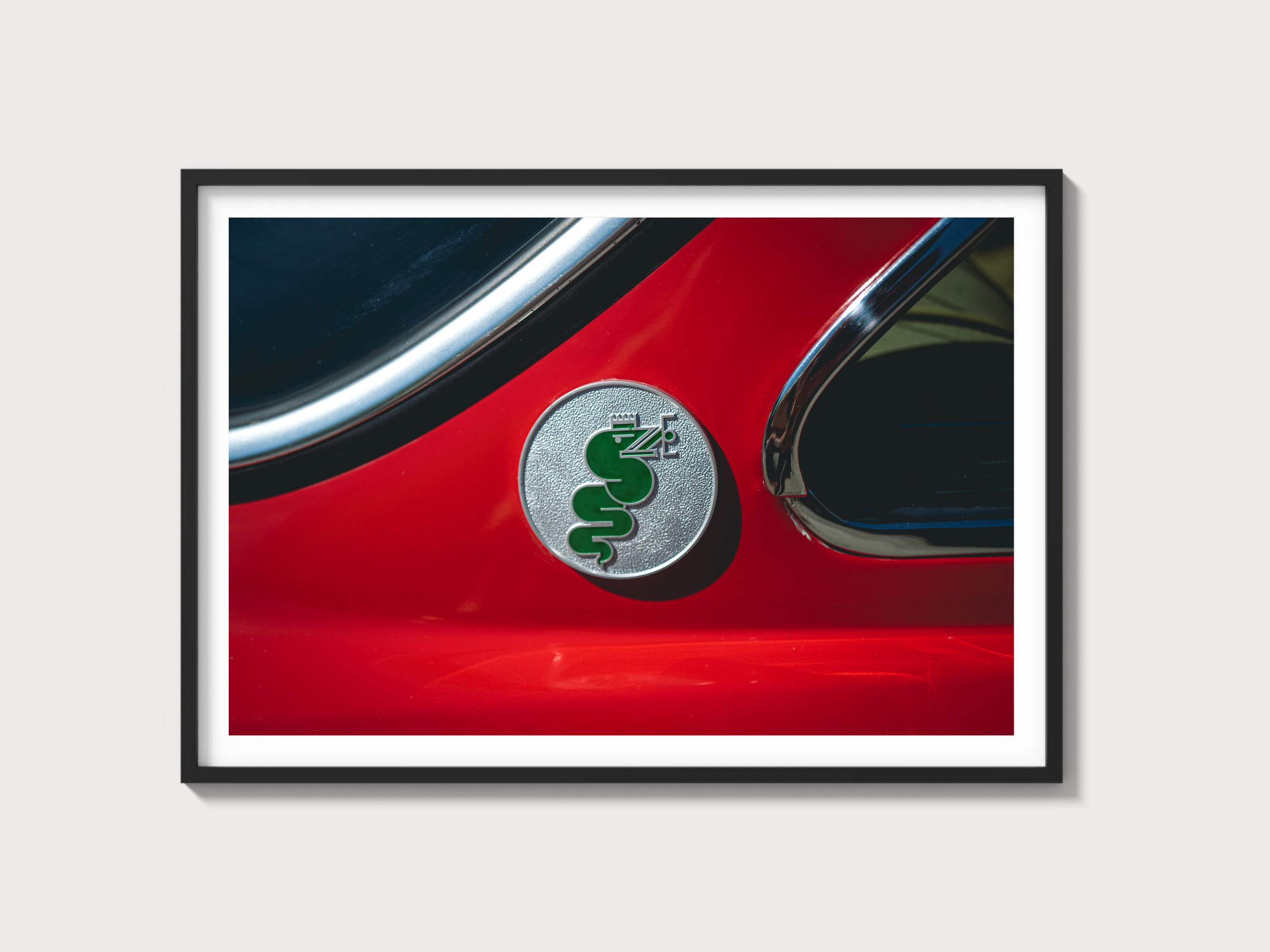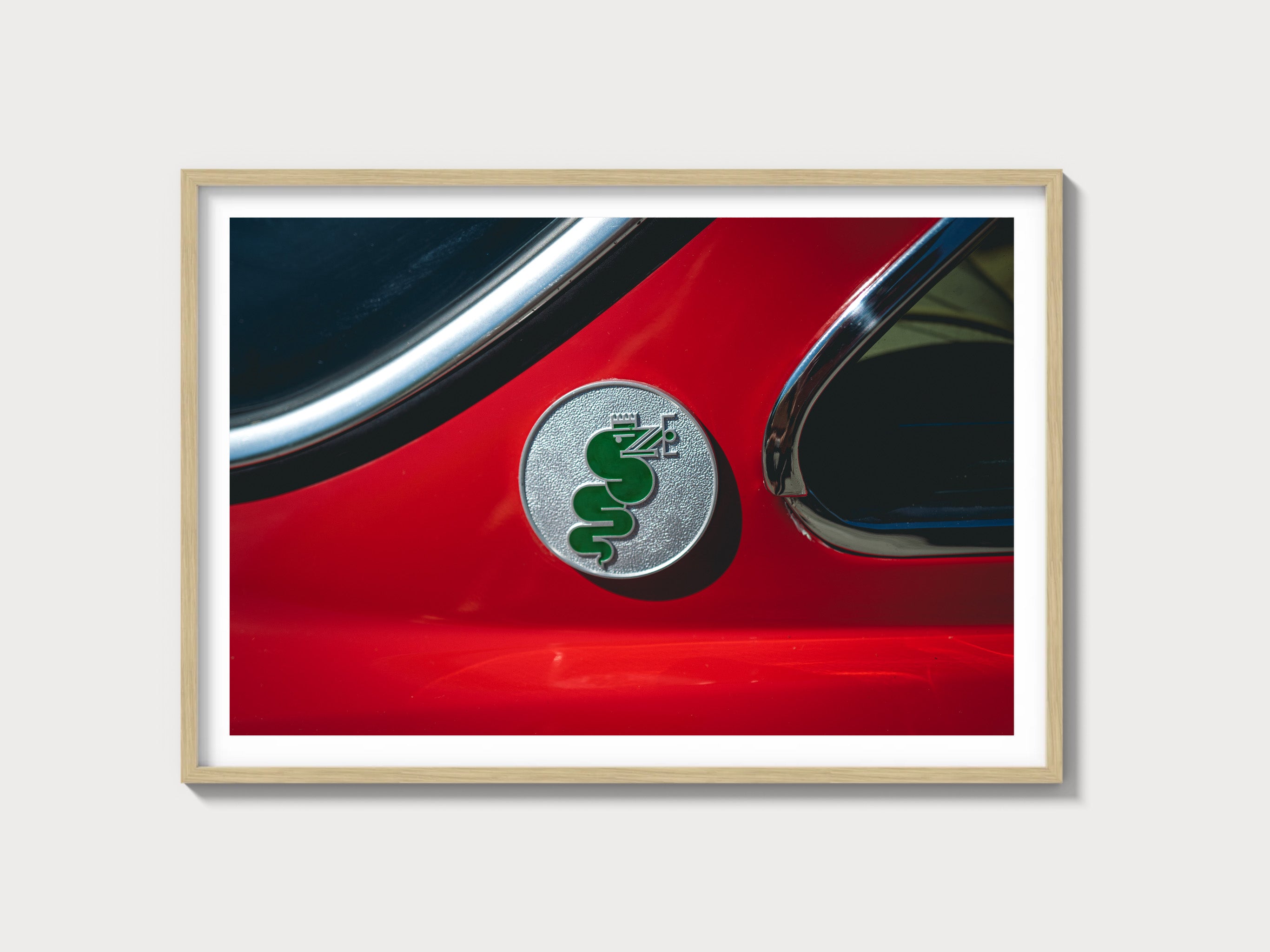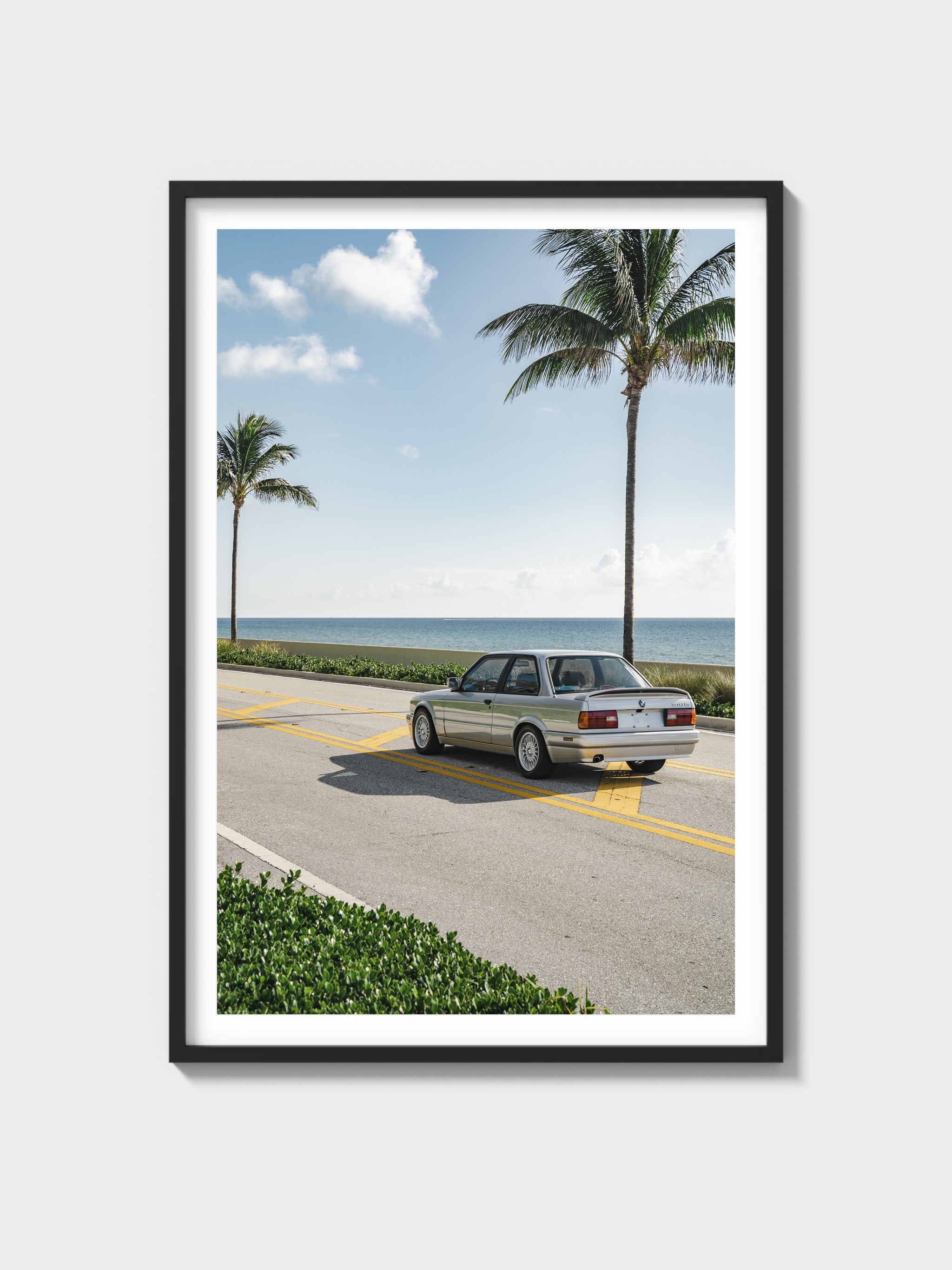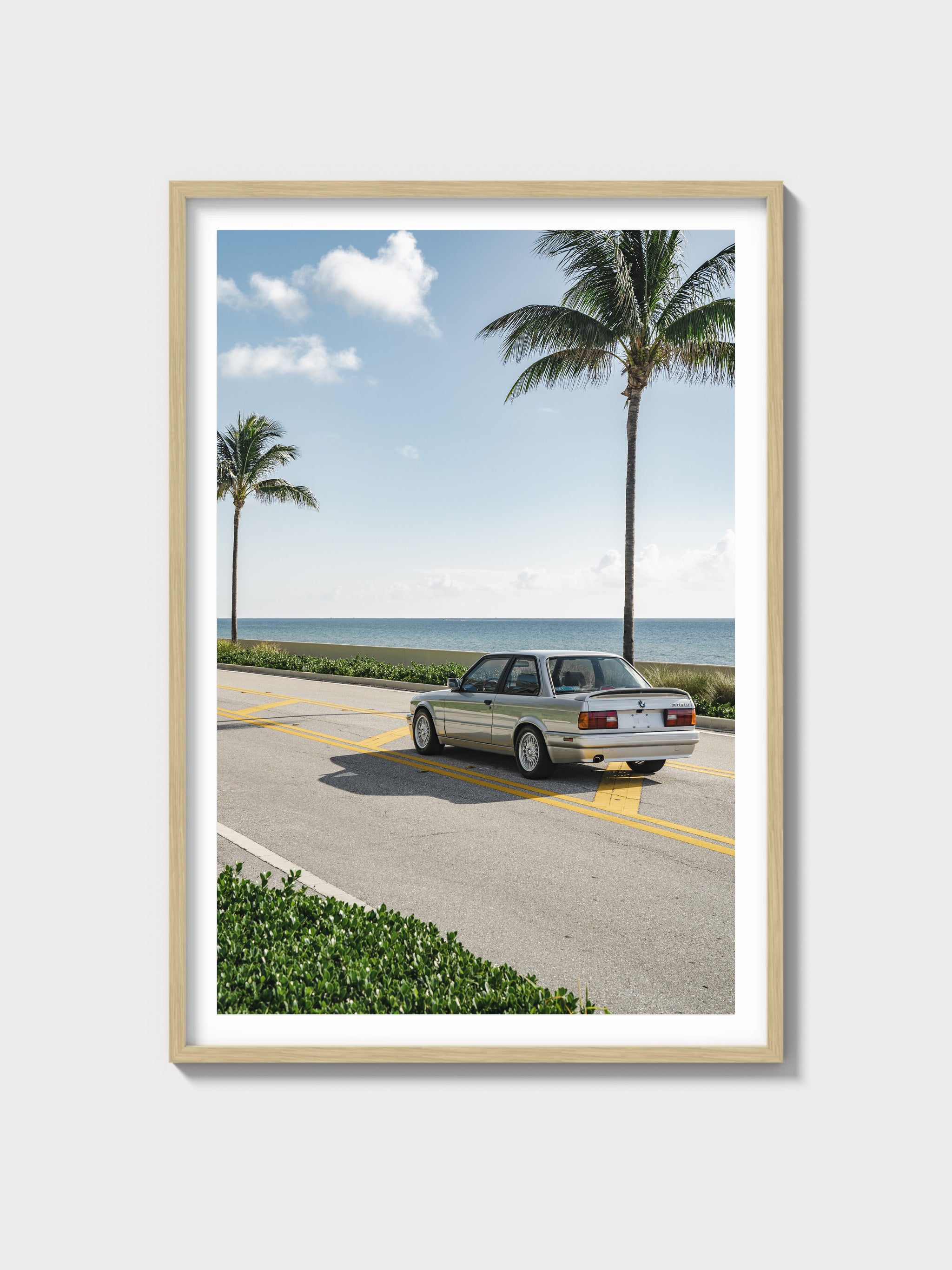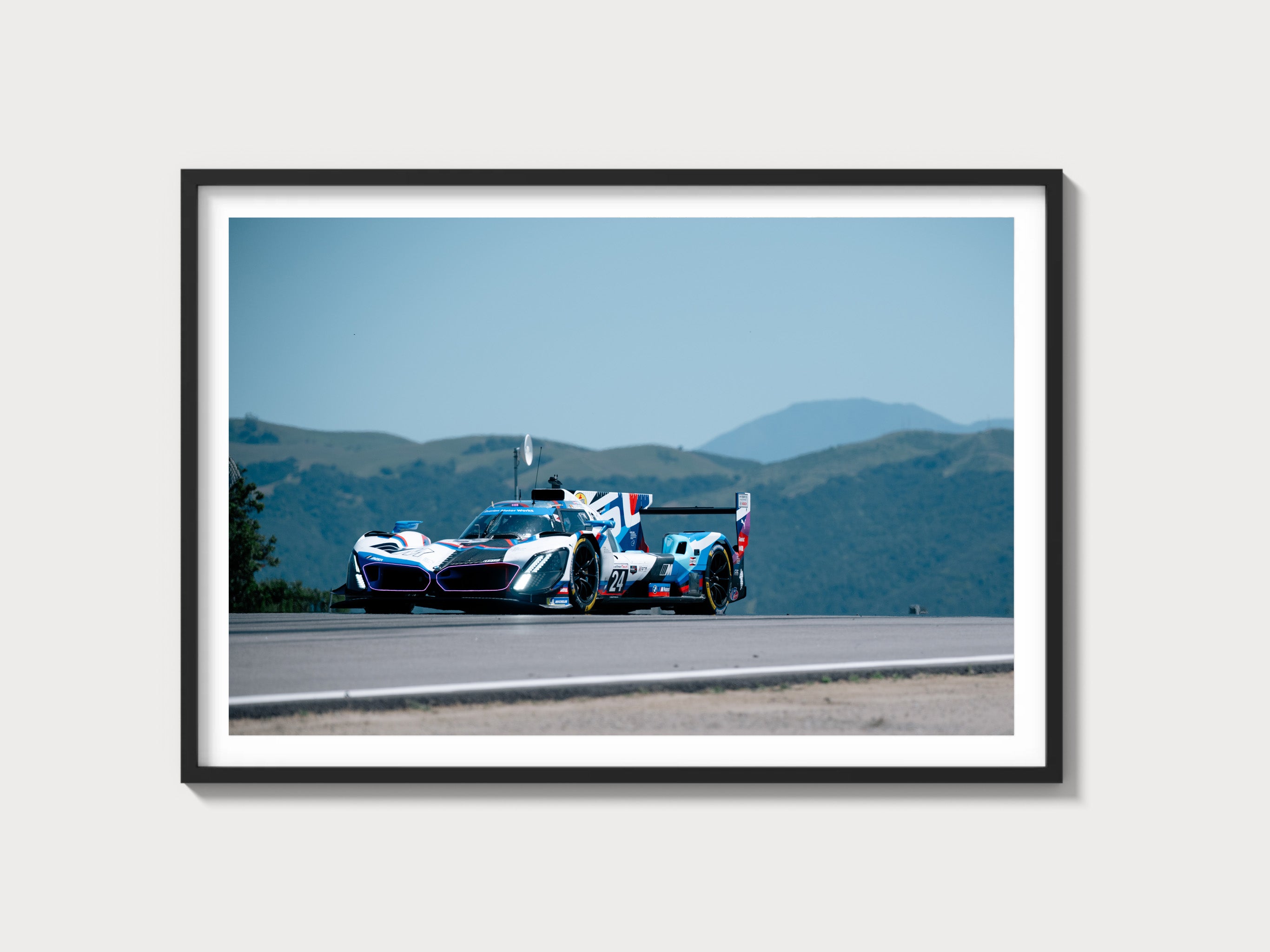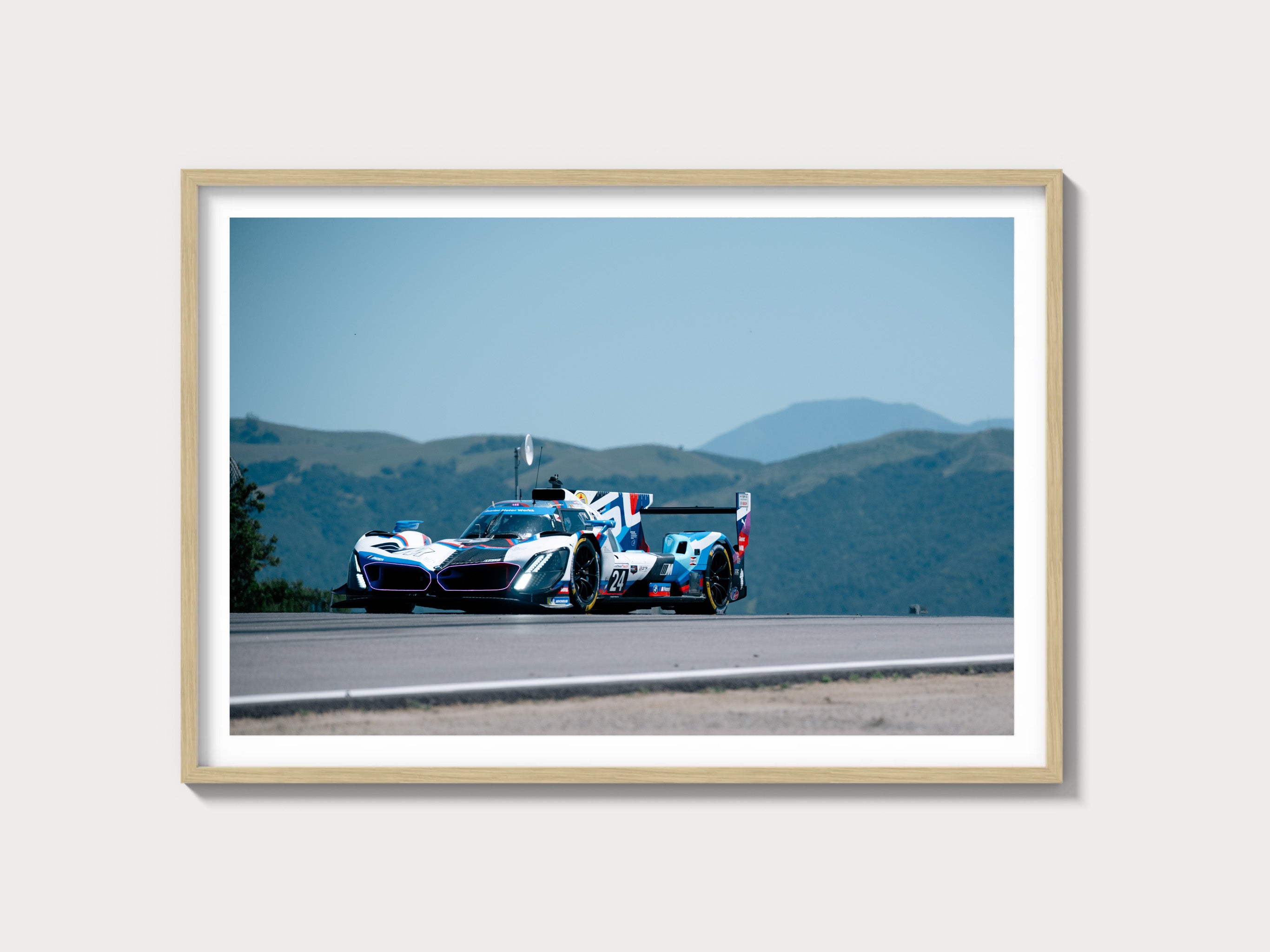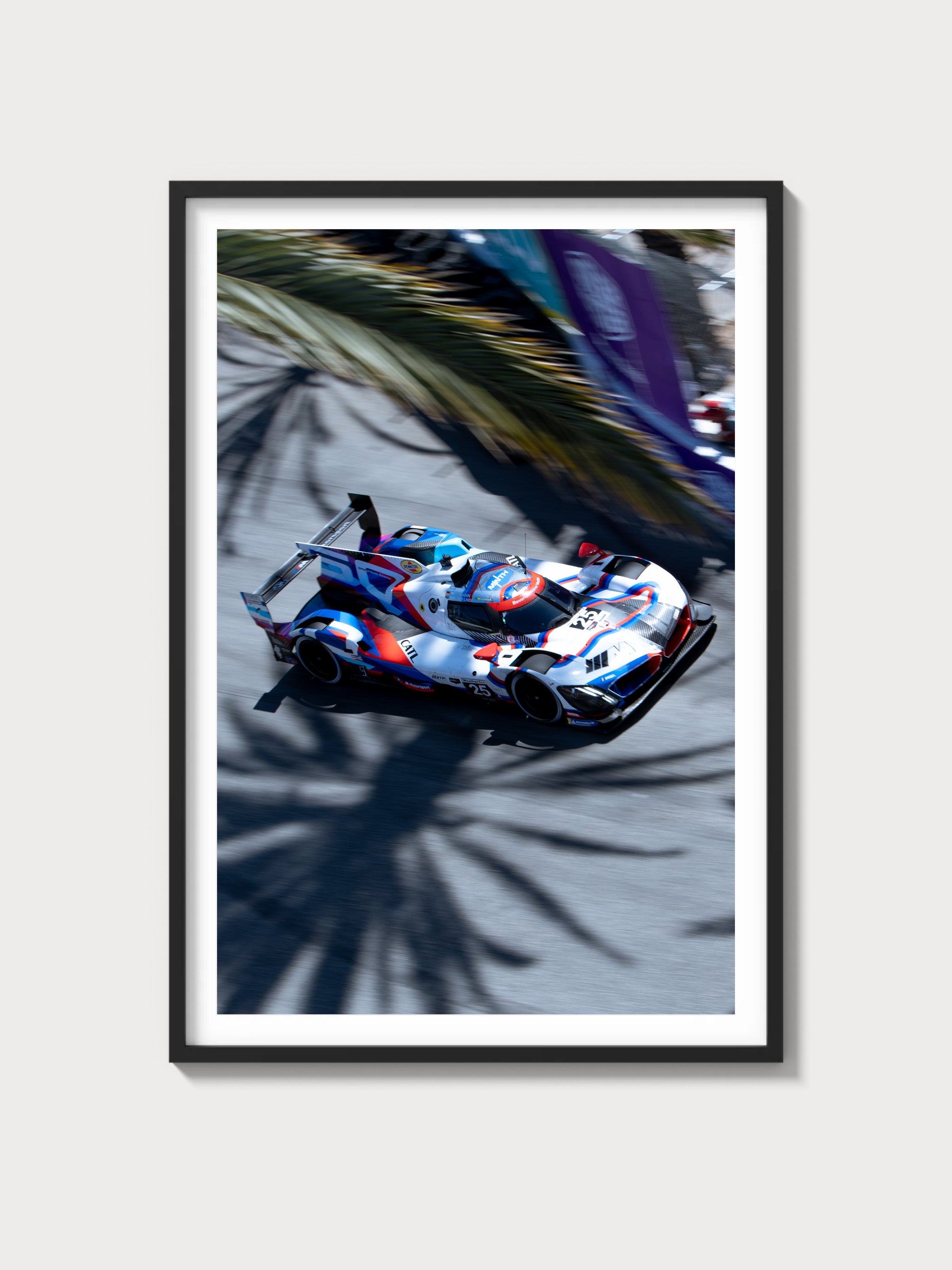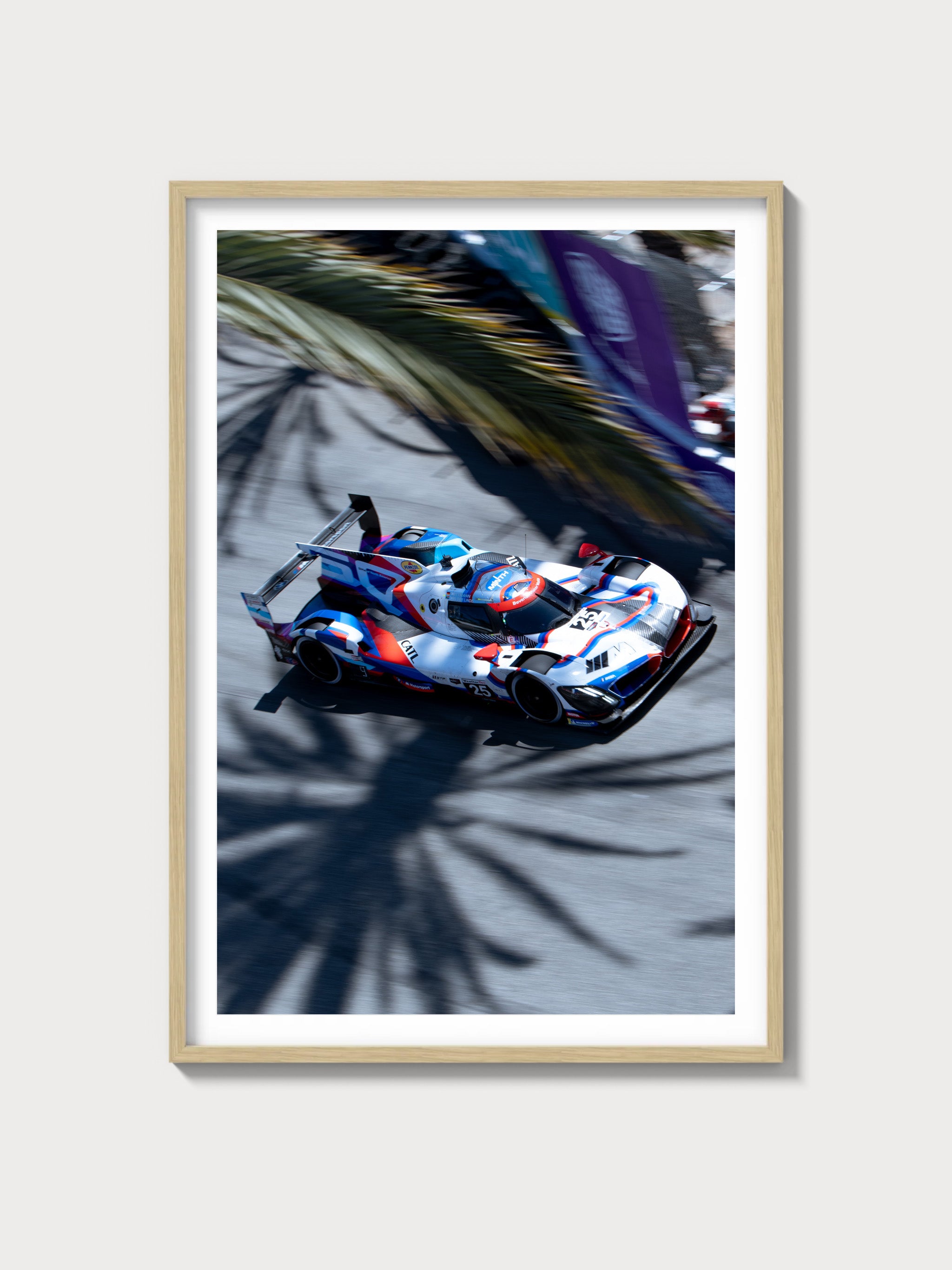1993–2002 Chevrolet Camaro Z/28 (4th Gen) — The Attainable Muscle Benchmark
Historical Context and Development Background
The fourth-generation Chevrolet Camaro arrived for the 1993 model year, rebooting GM’s F-body with a stiffer shell, thoroughly updated chassis, and the return of the Z/28 badge as the performance center of gravity. Built at Sainte-Thérèse Assembly in Quebec, the Z/28 distilled the classic Camaro formula: brawny small-block V8 up front, driven axle out back, real-world price of entry. Early cars leveraged the Gen II LT1 5.7-liter, while a significant 1998 facelift ushered in the all-aluminum Gen III LS1—lighter, stronger, and more efficient.
Corporate realities of the era prioritized platform sharing and aerodynamic efficiency; the Camaro shared its bones with Pontiac’s Firebird/Trans Am sibling but carried a distinct design identity and tuning brief. The 1998 refresh introduced a cleaner nose, composite headlights, and meaningful under-skin improvements, including stronger brakes. On the motorsport side, the Z/28’s 1LE track package continued the Camaro’s tradition of showroom-to-grid relevance in SCCA classes, while the 1993 Z/28 famously paced the Indianapolis 500, spawning a pace car replica package.
Its competitive set was formidable. Ford’s SN95 Mustang GT and Cobra provided the most direct rivalry, while the era’s Japanese GTs (300ZX, Supra, RX-7) played at higher price points. Within its class, the Z/28’s trump card was relentless V8 torque and long-legged gearing—especially with the six-speed—delivering real-world pace that belied its MSRP.
Engine and Technical Specs
Fourth-gen Z/28s split neatly into two eras:
- 1993–1997: LT1 5.7L (cast-iron block, aluminum heads), 275–285 hp
- 1998–2002: LS1 5.7L (all-aluminum), 305–310 hp
| Engine (Years) | Configuration | Displacement | Horsepower | Induction | Redline (approx.) | Fuel System | Compression | Bore x Stroke |
|---|---|---|---|---|---|---|---|---|
| LT1 5.7L (1993–1997) | 90° OHV V8 (Gen II) | 5,733 cc (350 cu in) | 275–285 hp; ~325 lb-ft | Naturally Aspirated | ~5,700 rpm | Sequential Multi-Port Injection | ~10.4:1 | 4.00 in x 3.48 in (101.6 x 88.4 mm) |
| LS1 5.7L (1998–2002) | 90° OHV V8 (Gen III, aluminum block) | 5,665 cc (346 cu in) | 305–310 hp; ~335–340 lb-ft | Naturally Aspirated | ~6,200 rpm | Sequential Multi-Port Injection | ~10.1:1 | 3.898 in x 3.622 in (99.0 x 92.0 mm) |
Transmissions were a Borg-Warner/Tremec T56 six-speed manual or 4L60-E four-speed automatic. LT1-era manuals typically used a 2.97:1 first gear with a 0.62:1 sixth; LS1 cars adopted the M12 gearset (~2.66:1 first, 0.50:1 sixth). Limited-slip differentials were common via options (e.g., G80); most cars carried the 10-bolt rear axle.
Driving Experience and Handling Dynamics
The Z/28 is all about accessible pace. The LT1’s torque plateau pulls from low revs with a slightly grainy, mechanical urgency; the LS1 layers on a freer-revving top end and a noticeable weight savings over the nose, sharpening turn-in. The T56’s long throws are robust rather than delicate, happiest with a decisive hand and clean synchro work. Throttle is cable-actuated and linear; response improves markedly with the LS1’s lighter rotating assembly.
Chassis tuning is old-school American with surprising nuance. Up front sits a short/long-arm arrangement with coil springs and an anti-roll bar; out back, a live axle is located by a torque arm, trailing links, and a Panhard rod. It’s honest hardware that trades ultimate bump isolation for durability and traction off the line. On a flowing road, the car rewards smooth inputs—load the front, trail the brakes, then lean on the mid-corner torque. Later cars benefit from stronger front brakes (two-piston PBR calipers and larger rotors from 1998) and incremental damper/spring improvements. Steering is rack-and-pinion and reasonably quick, if filtered by the tall 245–275 section tires many cars wear.
Full Performance Specs
| Model/Powertrain | 0–60 mph | Quarter-Mile | Top Speed | Curb Weight | Layout | Brakes | Suspension | Gearbox |
|---|---|---|---|---|---|---|---|---|
| 1993–1997 Z/28 LT1 (T56) | ~5.6–5.8 sec | ~14.0–14.2 sec @ ~98–101 mph | ~150–155 mph (tire dependent) | ~3,400–3,450 lb | Front-engine, RWD | 4-wheel discs; ABS available | SLA front; live axle w/ torque arm rear | 6-speed manual (T56) or 4L60-E auto |
| 1998–2002 Z/28 LS1 (T56) | ~5.0–5.3 sec | ~13.3–13.6 sec @ ~105–108 mph | Up to ~155 mph (Z-rated tires) | ~3,420–3,500 lb | Front-engine, RWD | Larger fronts (2-piston PBR) from 1998 | SLA front; live axle w/ torque arm rear | 6-speed manual (T56 M12) or 4L60-E auto |
Figures vary with equipment, tires, and test methodology; manual-trans cars generally record the quickest accelerative runs.
Variant Breakdown
The Z/28 banner covered several meaningful configurations and packages. Highlights include:
| Variant | Years | Key Differences | Production Numbers | Markets |
|---|---|---|---|---|
| Z/28 Coupe | 1993–2002 | Fixed-roof hatchback; T-top widely optioned | Not publicly broken out by package | Primarily North America; limited export |
| Z/28 Convertible | 1994–2002 | Power soft top; added chassis bracing | Not publicly broken out by package | North America |
| Z/28 1LE (Track Package) | 1993–1999 (availability varied) | Upgraded springs/dampers/bushings, heavy-duty cooling, performance brakes; content varied by year | Low-volume; built for homologation—precise annual totals vary by year | North America |
| B4C Special Service (Police) | 1993–2002 | Z/28-grade power in a plainer wrapper; cooling/electrical upgrades; pursuit-rated components | Fleet-only; limited production per year | Primarily U.S. law enforcement |
| 30th Anniversary Package | 1997 | Distinctive white/orange livery and badging; available on Z/28 and SS | Limited; totals not separately published for Z/28 | North America |
| 1993 Indy 500 Pace Car Replica | 1993 | Pace-car livery, interior accents, commemorative badging | Limited; official pace car tie-in | North America |
Note: The SS package (via SLP on LT1/LS1 cars) sat above the Z/28 in output and visual aggression; it is commonly discussed alongside the Z/28 but is a distinct step-up model.
Ownership Notes: What Enthusiasts Should Know
- LT1 OptiSpark: 1993–1997 cars use a front-mounted distributor/optical ignition (OptiSpark). Moisture intrusion and coolant drips (often from a failing water pump) can cause misfires. The later, vented Opti units are more durable. Replacement is labor-intensive due to packaging.
- LS1 Advantages: 1998–2002 cars shed weight, run cooler, and generally deliver stronger performance and fuel economy. Later LS1s (2001–2002) gained minor intake/exhaust improvements.
- Driveline: The 10-bolt rear axle is a known weak link with sticky tires or hard launches. The 4L60-E automatic benefits from regular fluid changes; high-mileage units can exhibit 3–4 clutch wear. T56 manuals are stout but can show synchro wear (notably 2nd) and tired clutch hydraulics.
- Brakes: 1998+ two-piston PBR fronts are a welcome upgrade for spirited road use. Earlier LT1 cars benefit from quality pads/fluid and, for track work, cooling attention.
- Chassis and Body: T-top seals and hatch struts age; window regulators and seat tracks can be consumables. Inspect torque-arm bushings, rear control arm bushings, and front ball joints/tie-rods for play.
- Service Intervals (general guidance): Engine oil every ~3,000–5,000 miles (severe/normal use), coolant refresh at manufacturer-recommended intervals, 4L60-E fluid and filter service around 30,000–50,000 miles, differential fluid at ~30,000–50,000 miles, and spark plugs on LS1s can run extended intervals with platinum plugs.
- Parts Availability: Excellent factory and aftermarket support exists for both LT1 and LS1 cars, from ignition and cooling updates to suspension and brake upgrades. Restoration difficulty is moderate; interior trim and weatherstrips remain available.
Cultural Relevance and Collector Outlook
The Z/28’s cultural footprint is sizeable. The 1993 Indy 500 pace-car role cemented the fourth-gen’s public reintroduction, and period road tests routinely lauded the car’s straight-line authority. The nameplate’s pedigree, combined with the LS1’s significance in GM’s performance renaissance, has elevated late-run Z/28s as gateway collectibles. Special-interest examples—1LEs, documented B4Cs, pace-car replicas, and low-mile LS1 six-speeds—attract the most attention. At auctions, clean drivers have historically transacted in the mid-four to low-five figures, with exceptional, low-mile, or rare-package cars commanding more.
FAQs
- What’s the difference between LT1 and LS1 Z/28s?
- LT1 cars (1993–1997) use a cast-iron Gen II small-block with 275–285 hp and the OptiSpark ignition; LS1 cars (1998–2002) use an all-aluminum Gen III small-block with 305–310 hp, less front weight, stronger brakes, and generally better performance.
- How quick is a stock Z/28?
- Typical magazine results show ~5.6–5.8 seconds 0–60 mph and ~14.0-second quarters for LT1 manuals; LS1 manuals commonly record ~5.0–5.3 seconds to 60 mph and mid-13s in the quarter.
- What are common trouble spots?
- LT1 OptiSpark and water pump issues, 10-bolt rear-end durability with hard launches, 4L60-E wear at high mileage, T56 synchro/hydraulic fatigue, window regulators, T-top/hatch seals, and aged suspension bushings.
- Did the Z/28 have ABS and traction control?
- Four-wheel disc brakes were standard; ABS availability varied by year and equipment. Traction control was offered on later cars, particularly with the LS1 era, depending on options.
- Which gearbox is best?
- The T56 six-speed maximizes performance and driver involvement; the 4L60-E automatic is durable with proper service and suits daily use, but it’s generally slower in instrumented testing.
- What’s the top speed?
- Cars equipped with Z-rated tires and without lower-speed limiters are commonly capable of approximately 155 mph; lesser tire ratings could yield lower electronic limits.
- Are parts and upgrades still available?
- Yes. Both LT1 and LS1 platforms enjoy deep OEM and aftermarket support for maintenance, factory-correct restoration, and performance upgrades.

